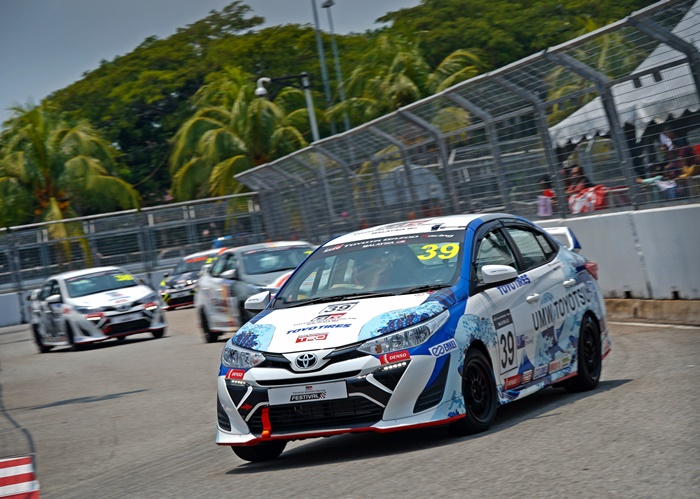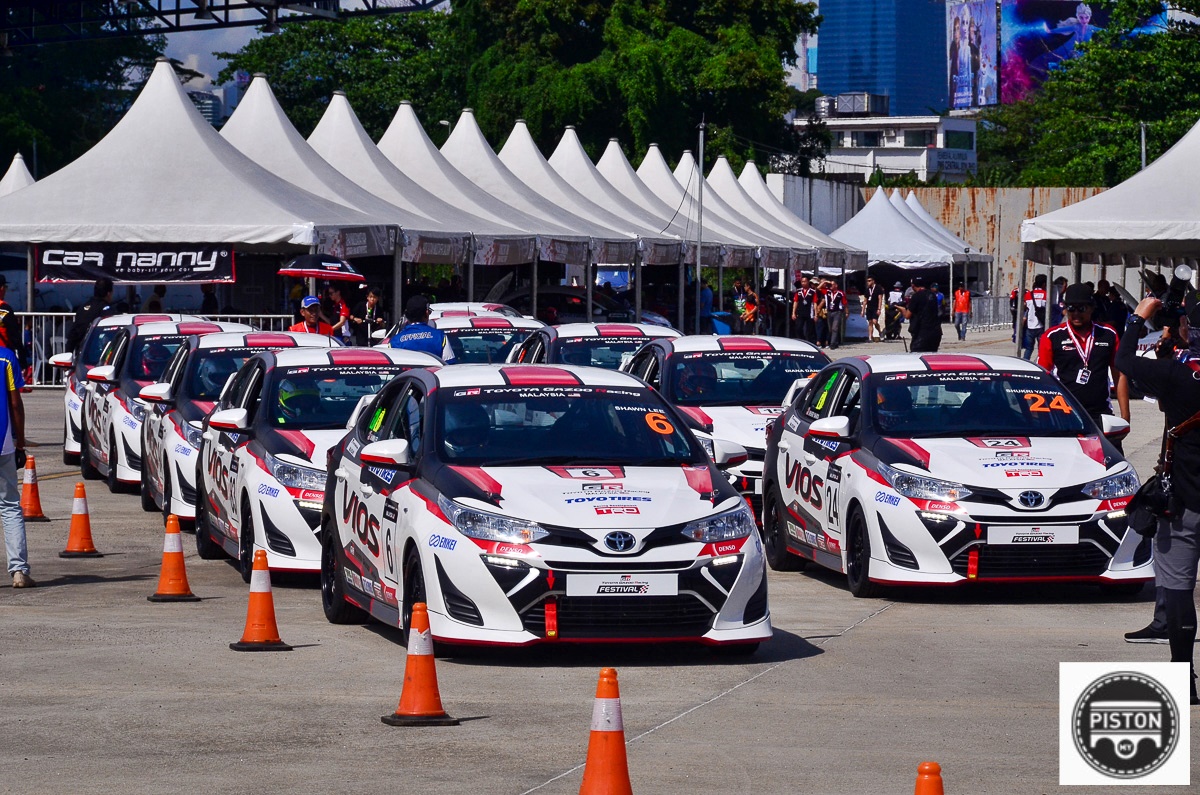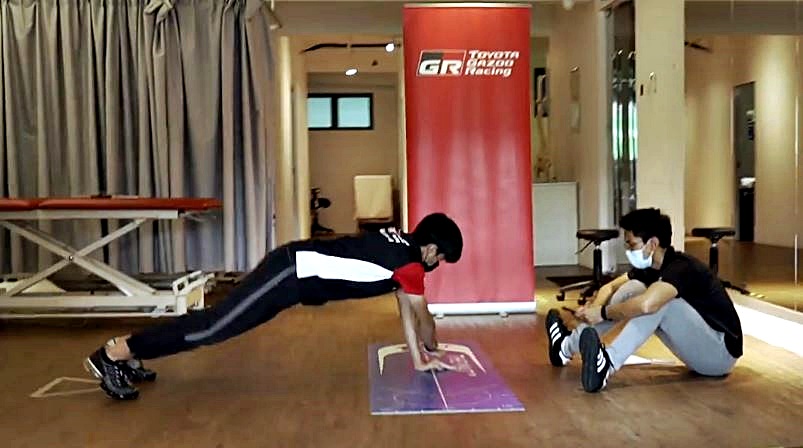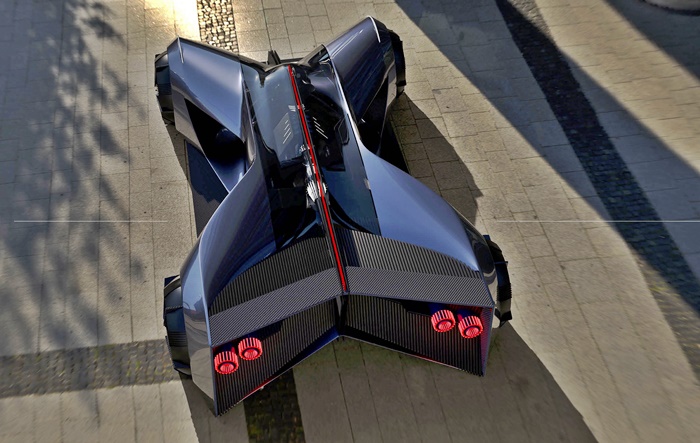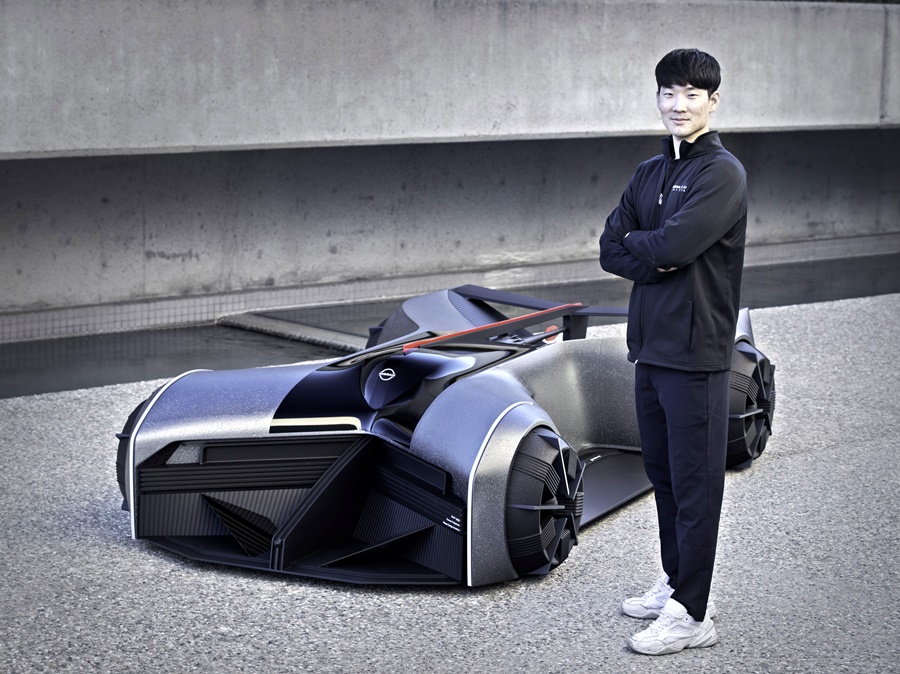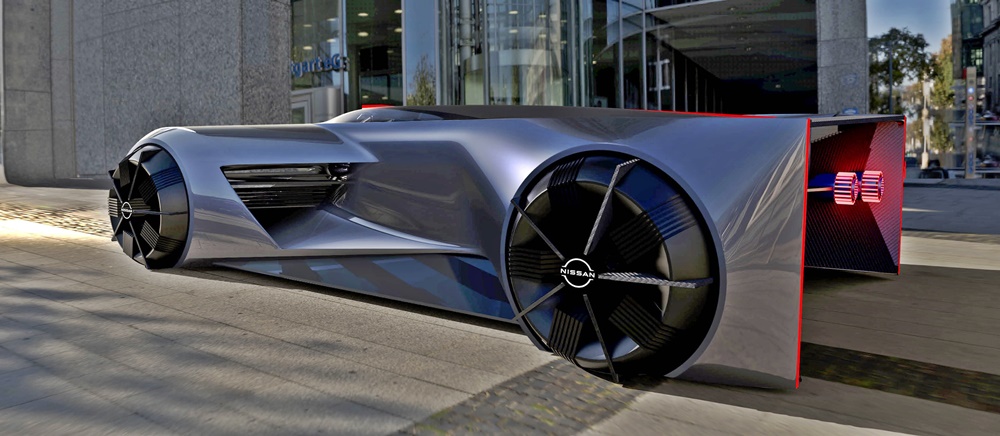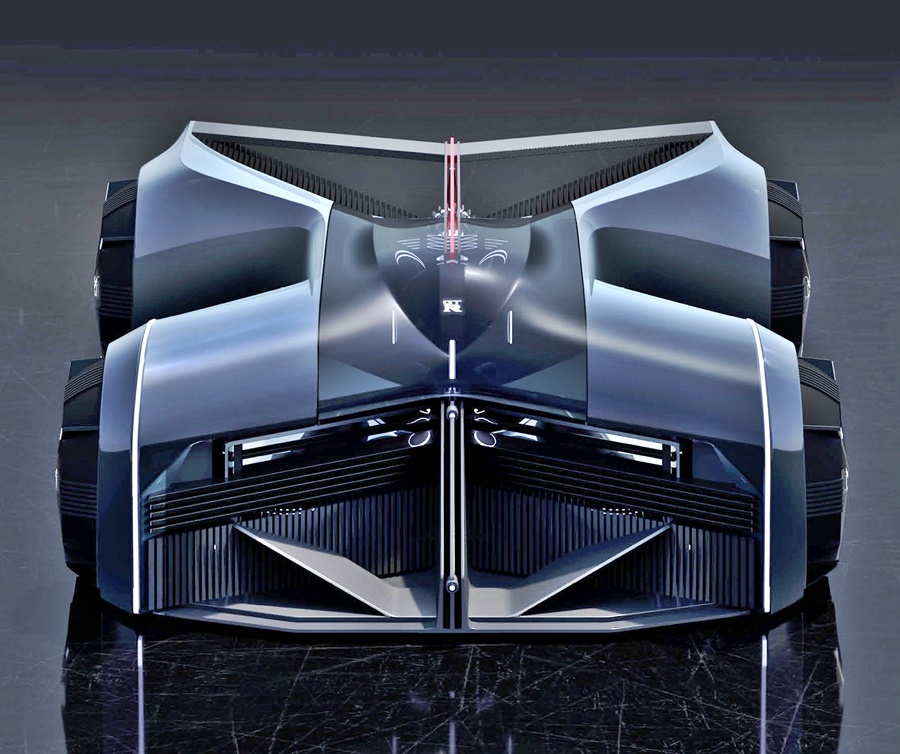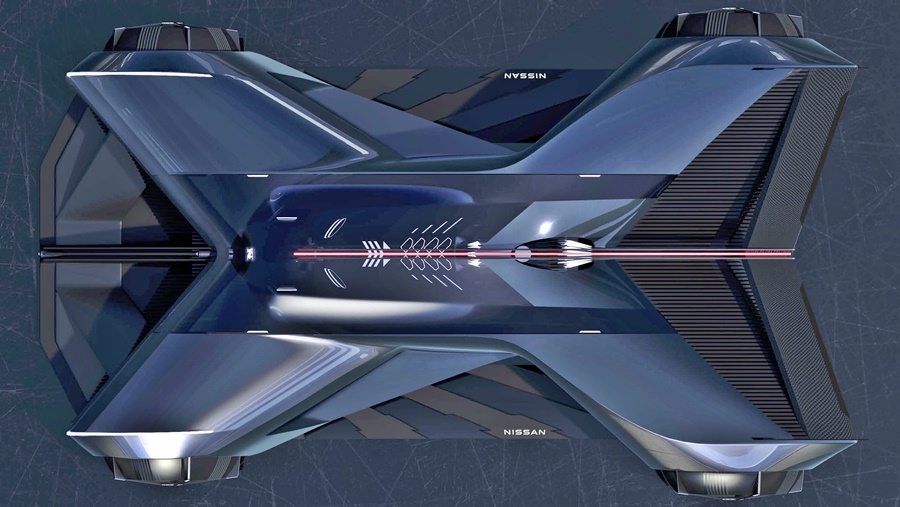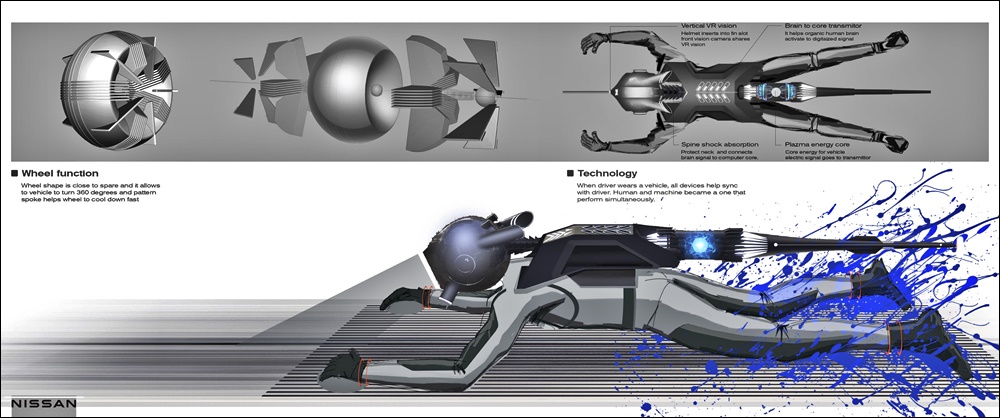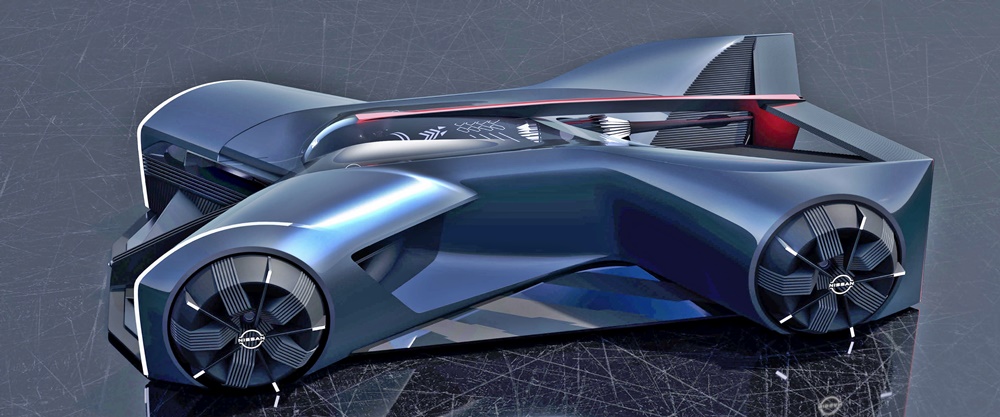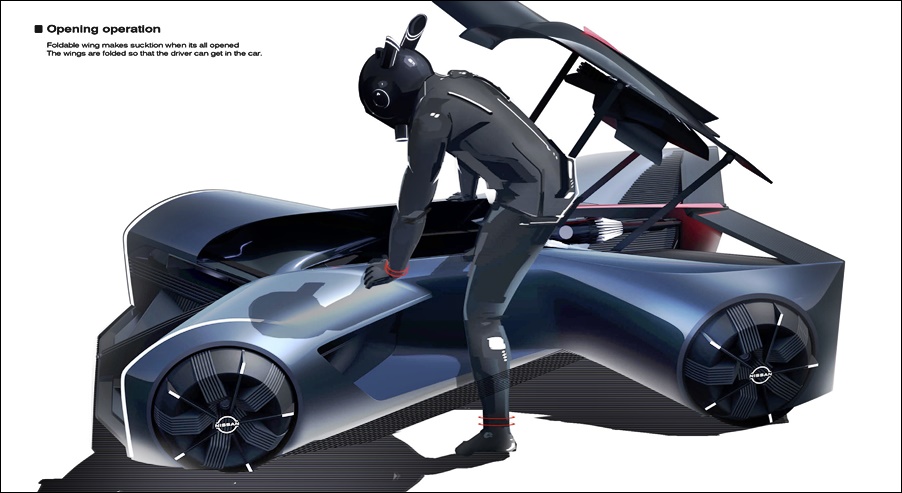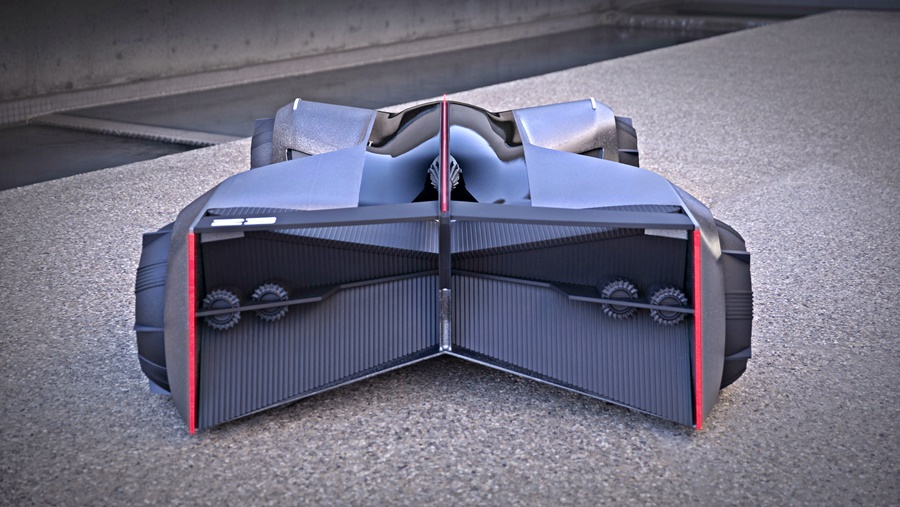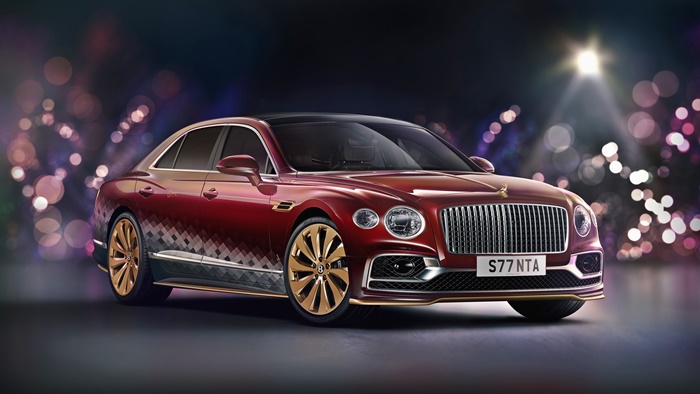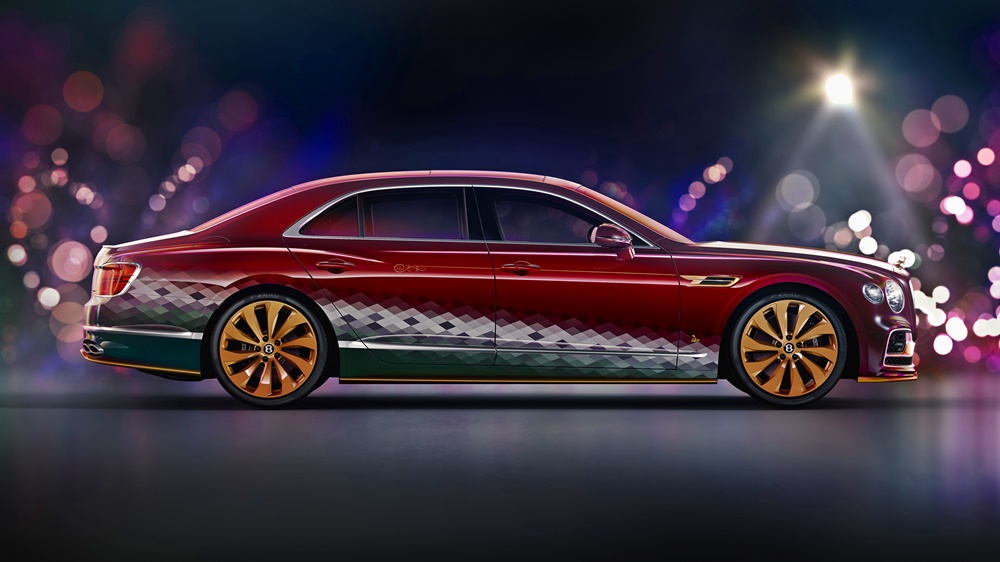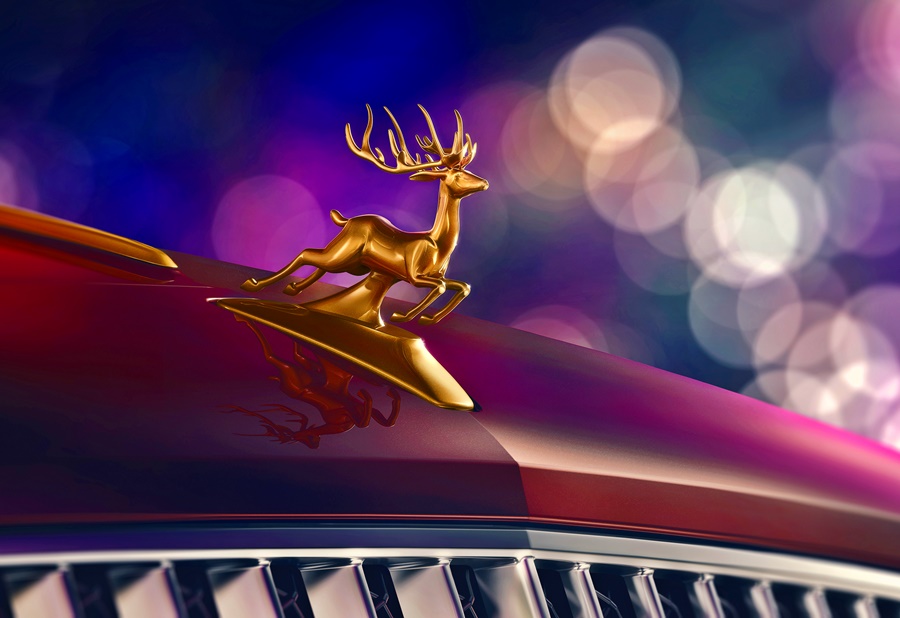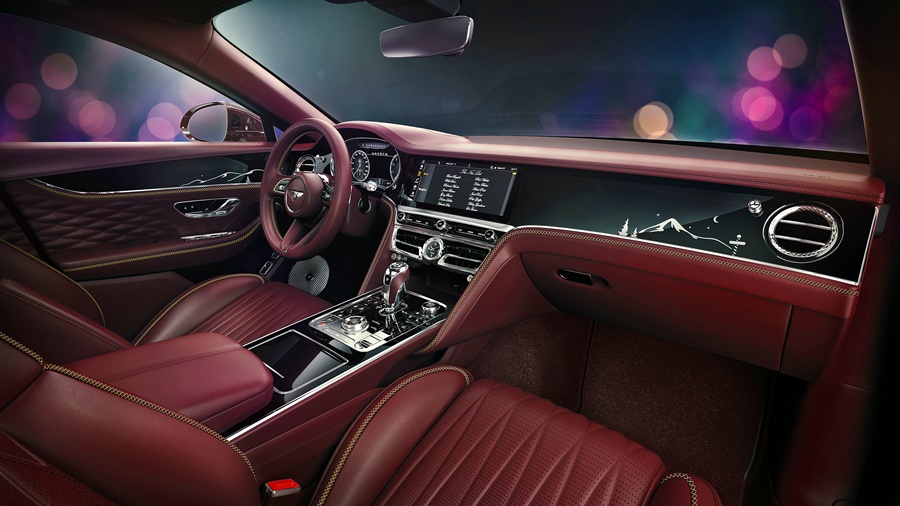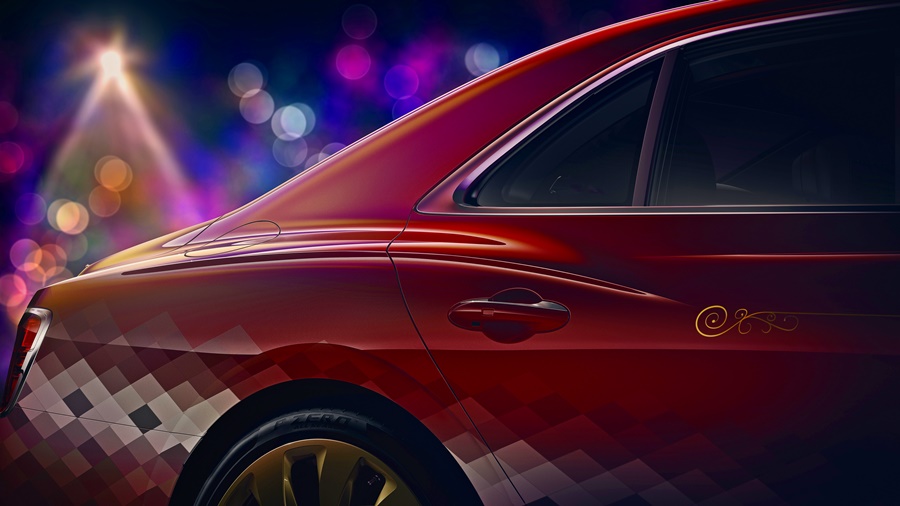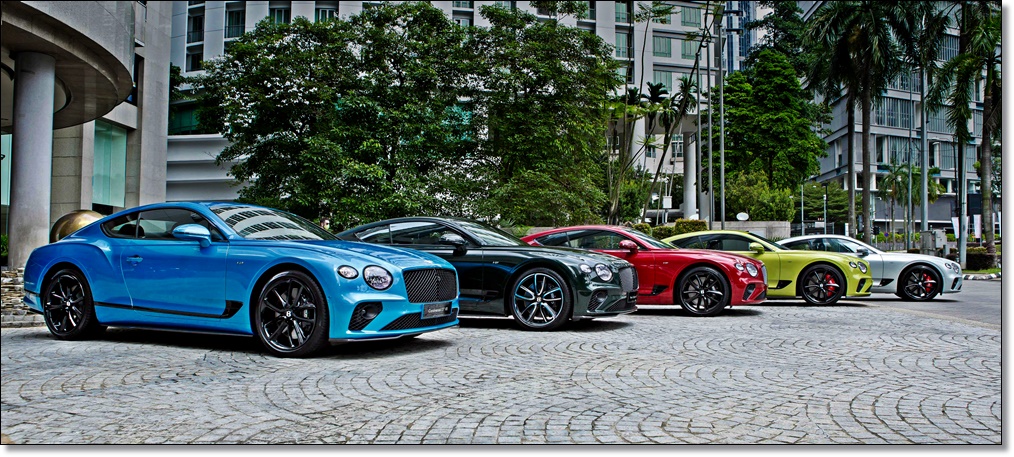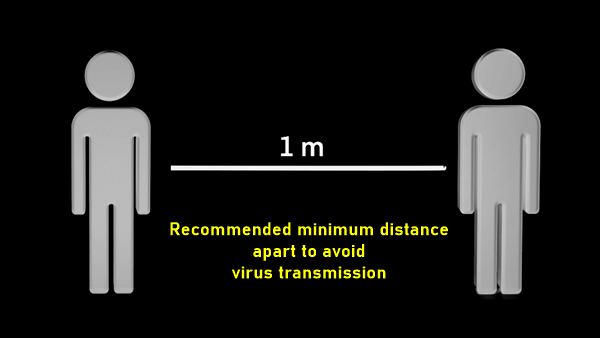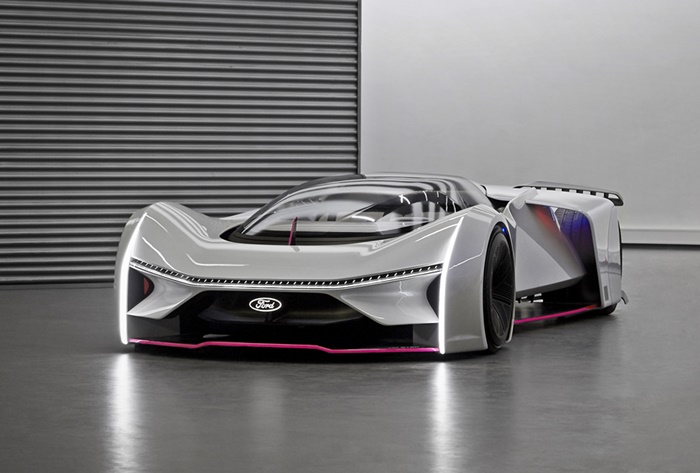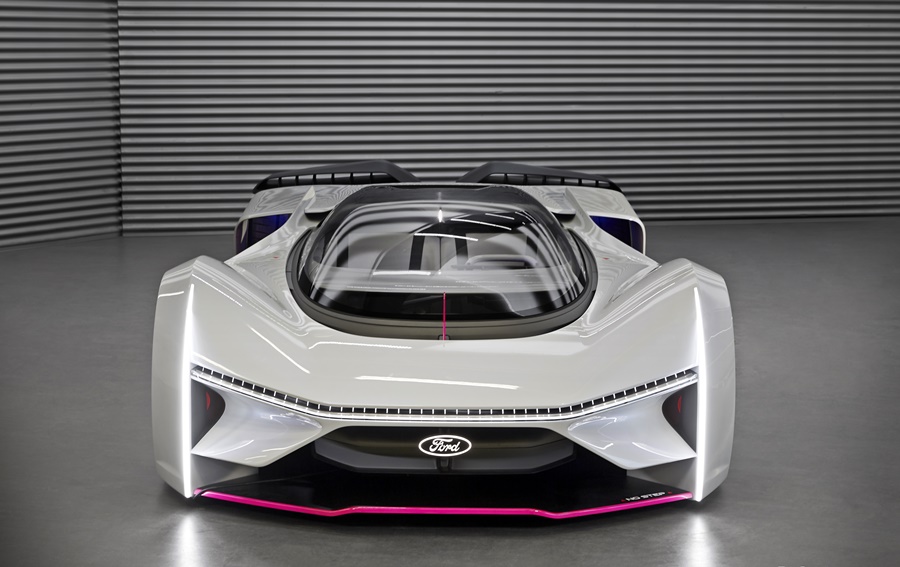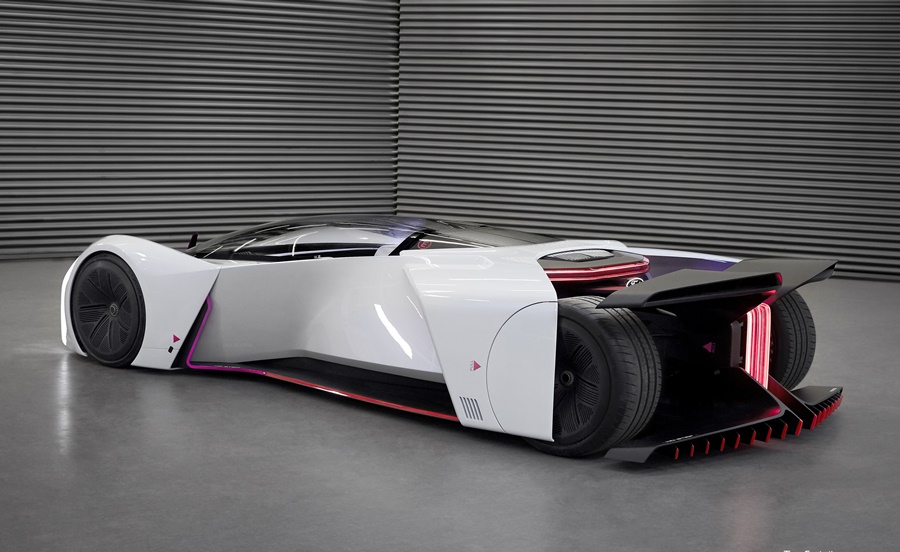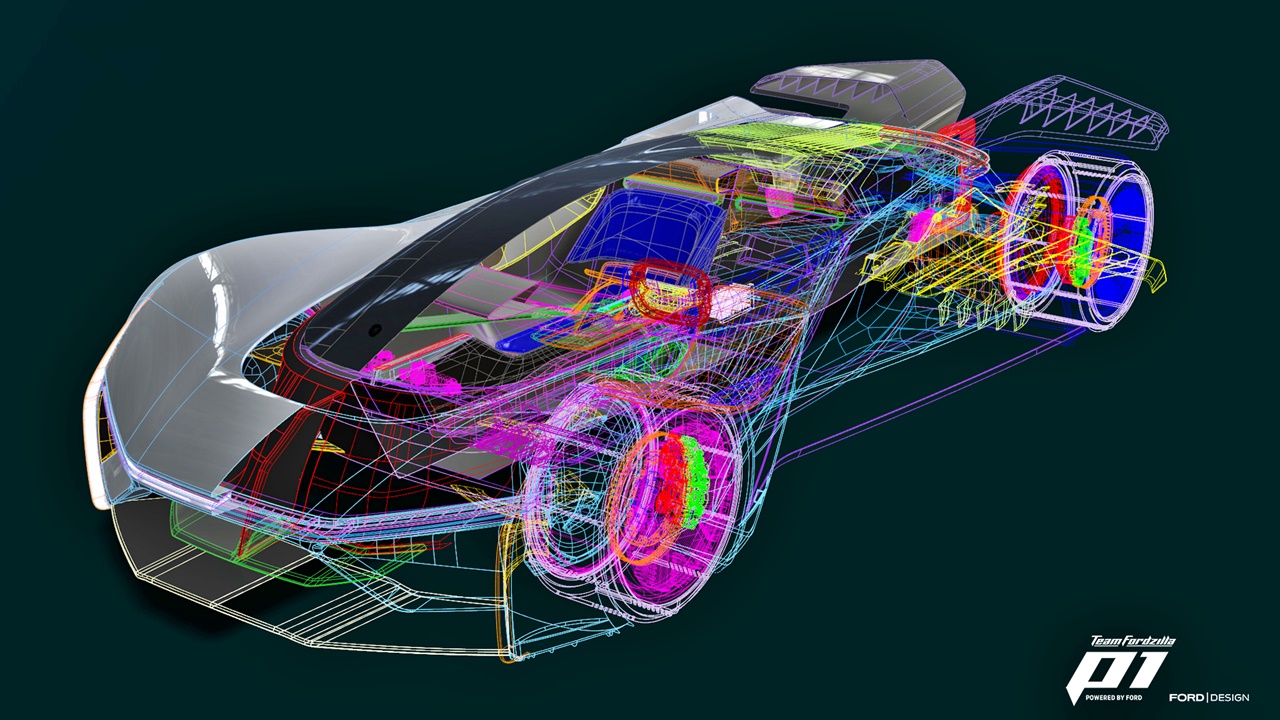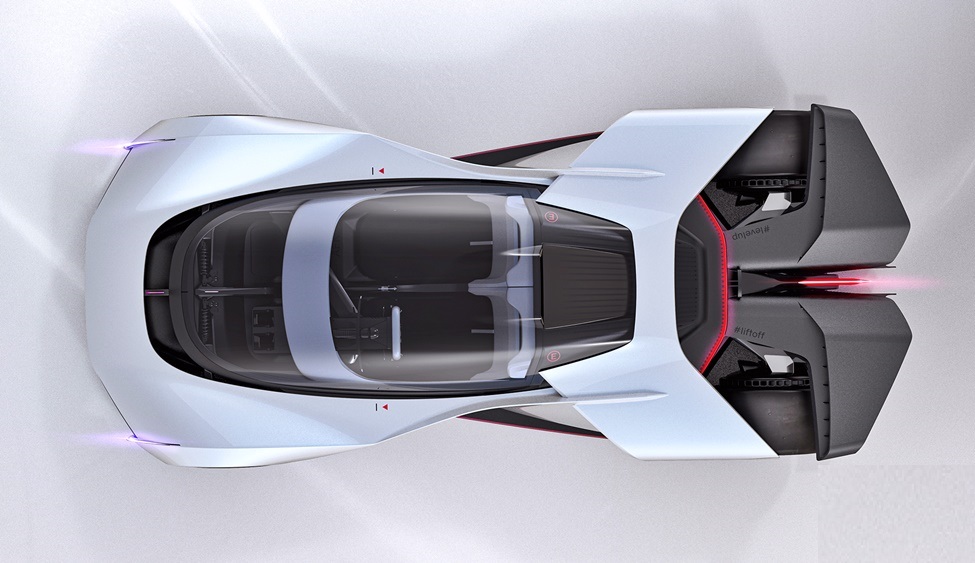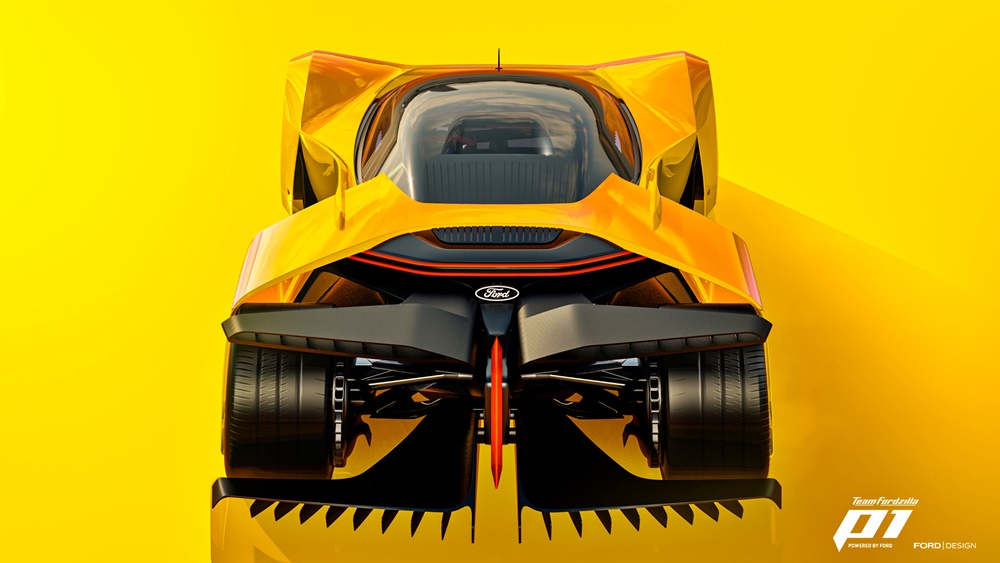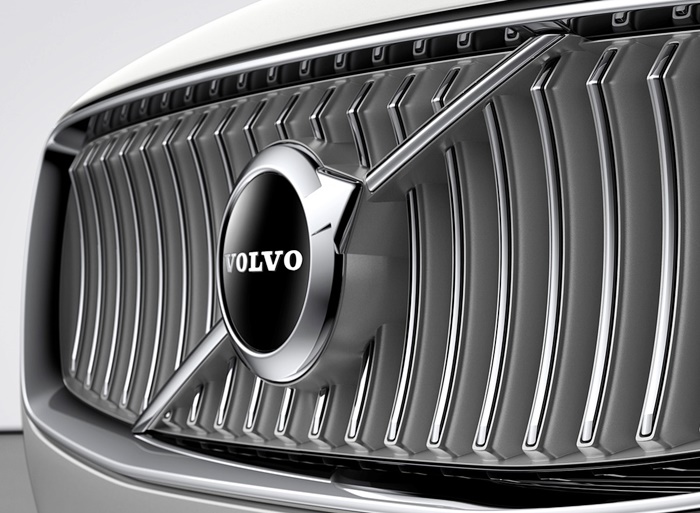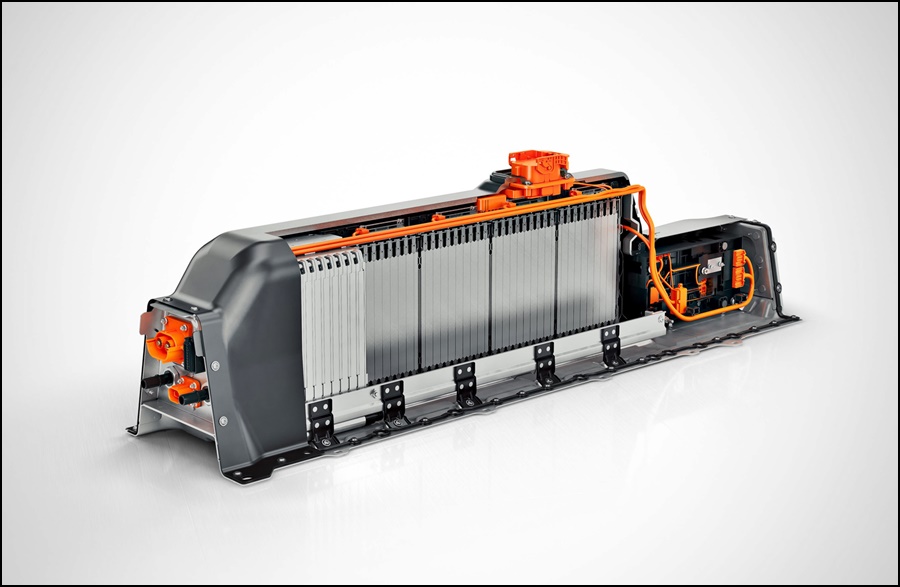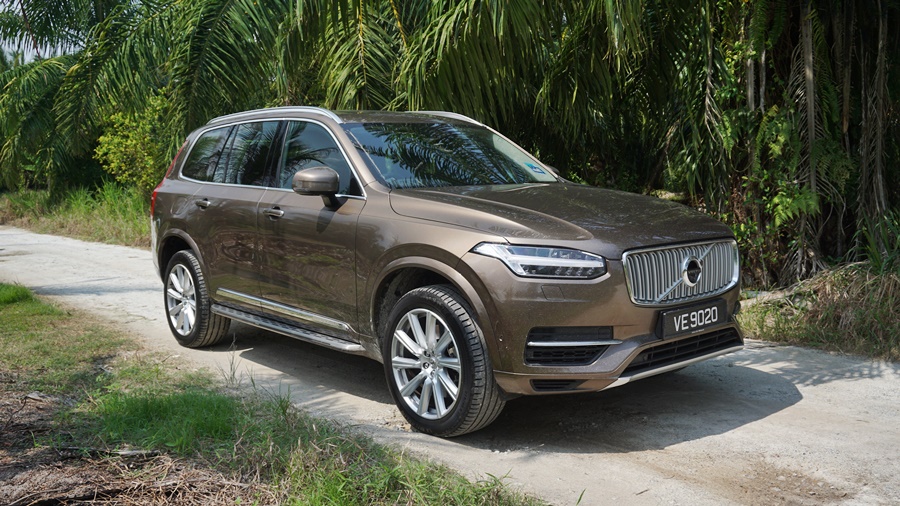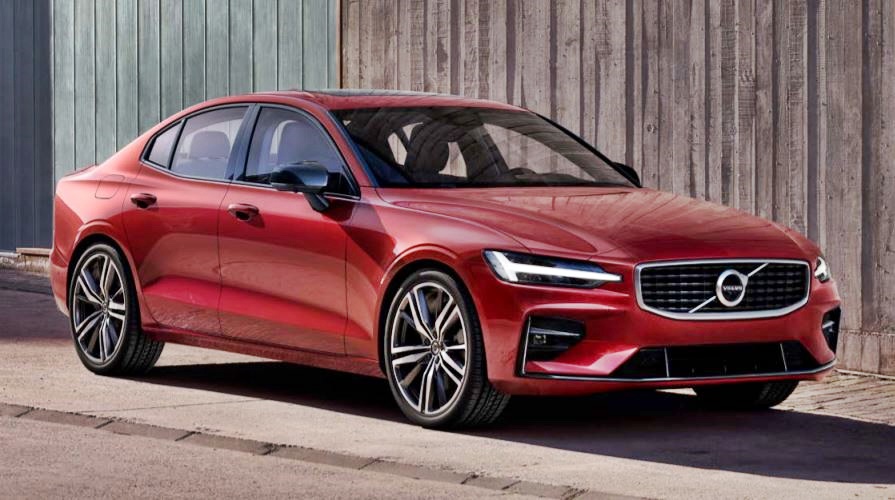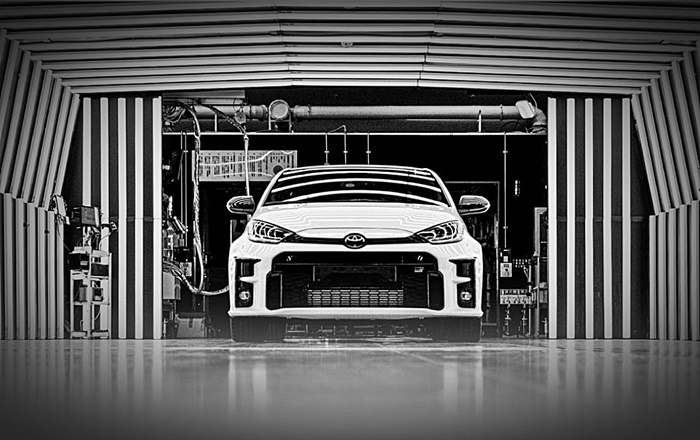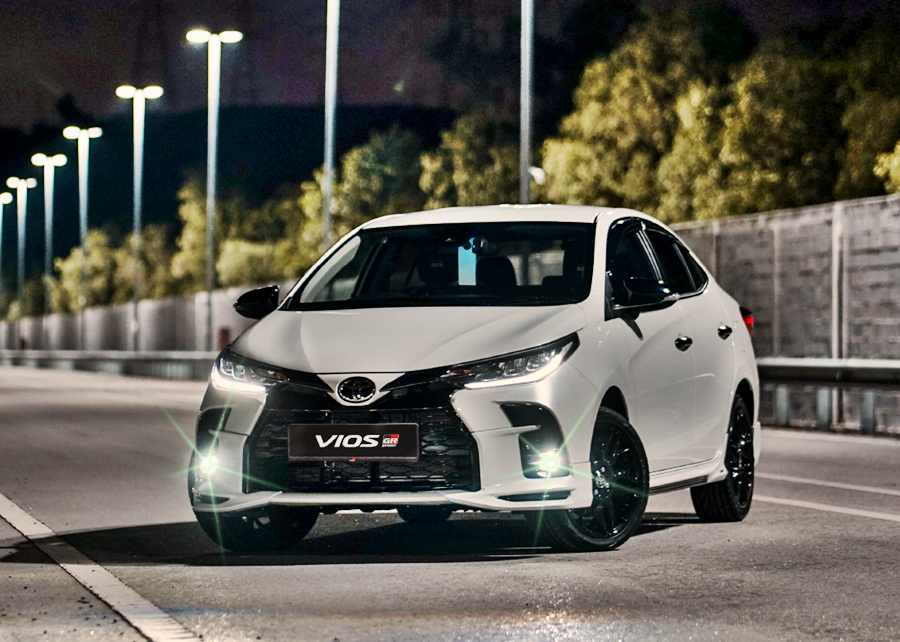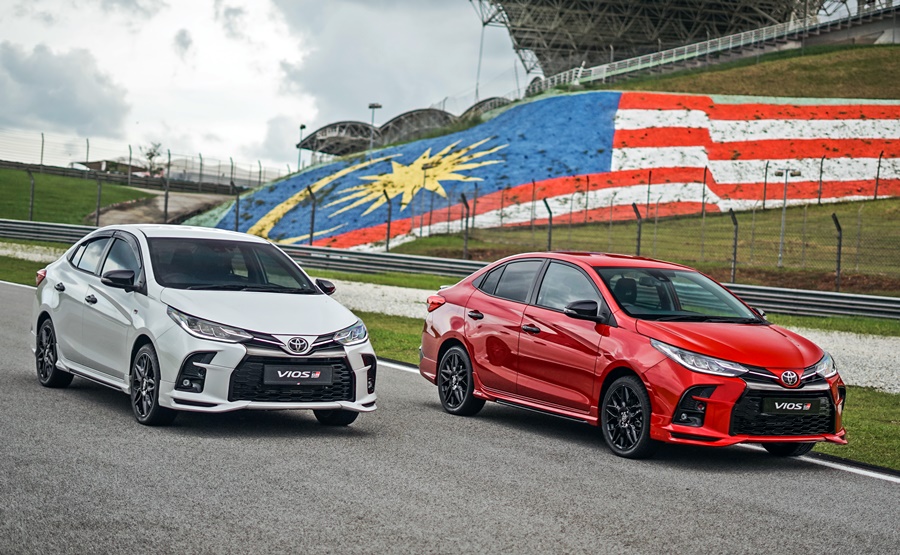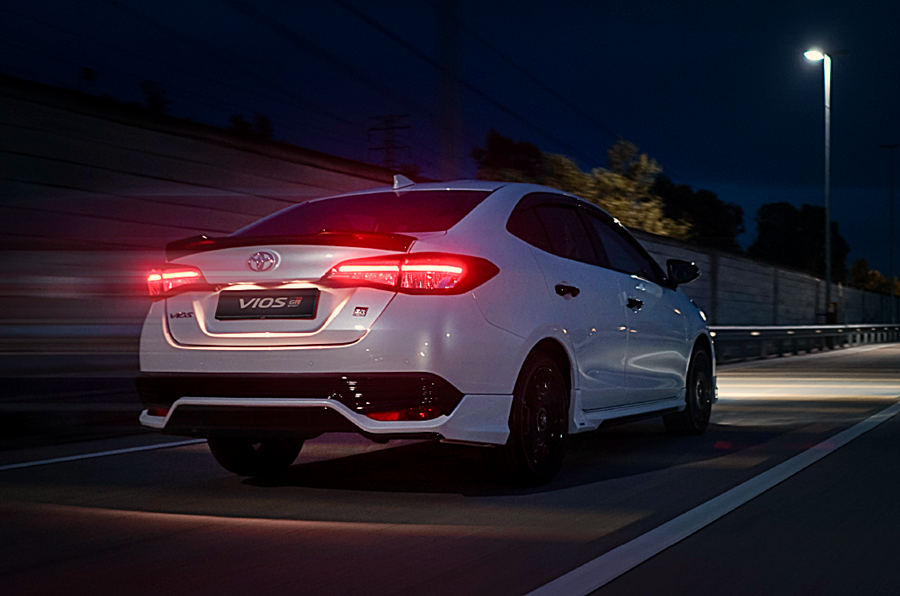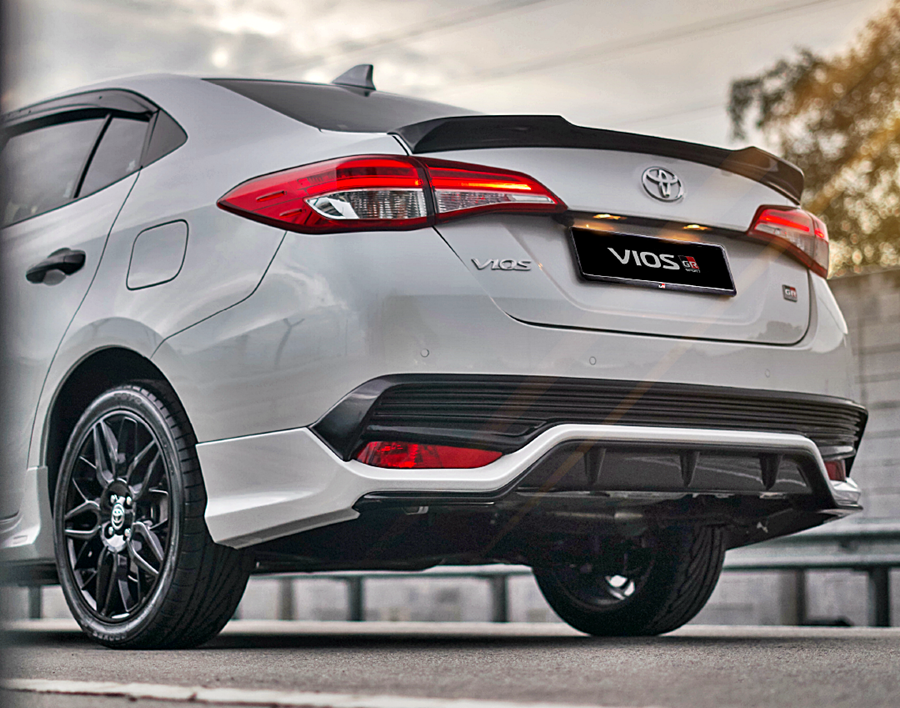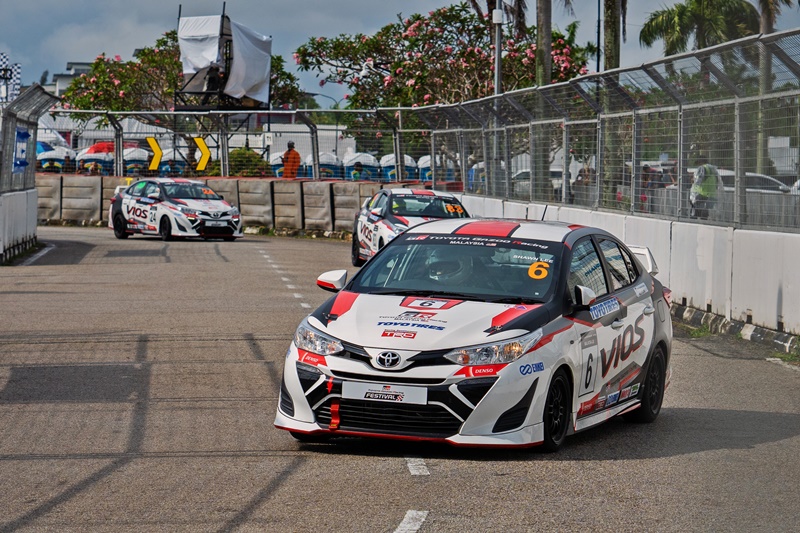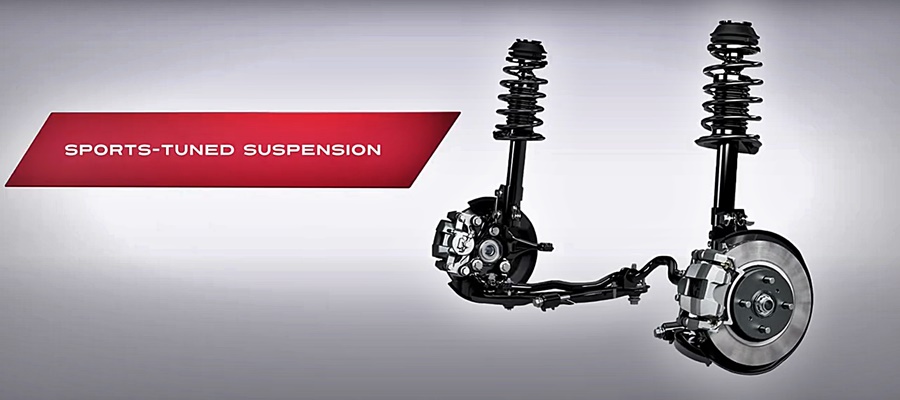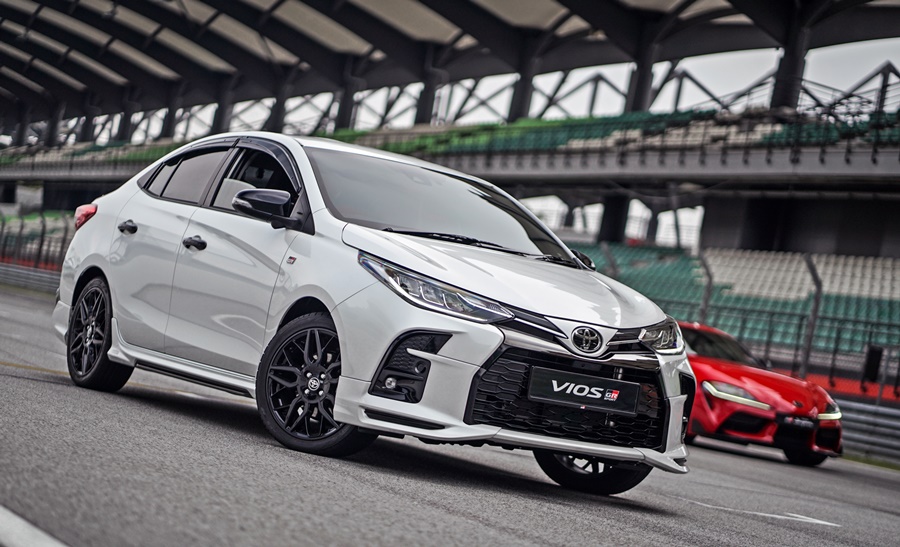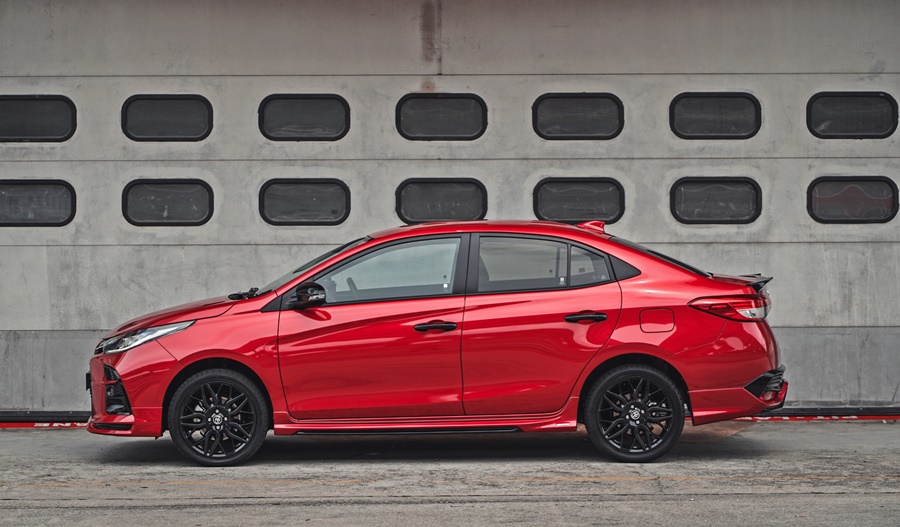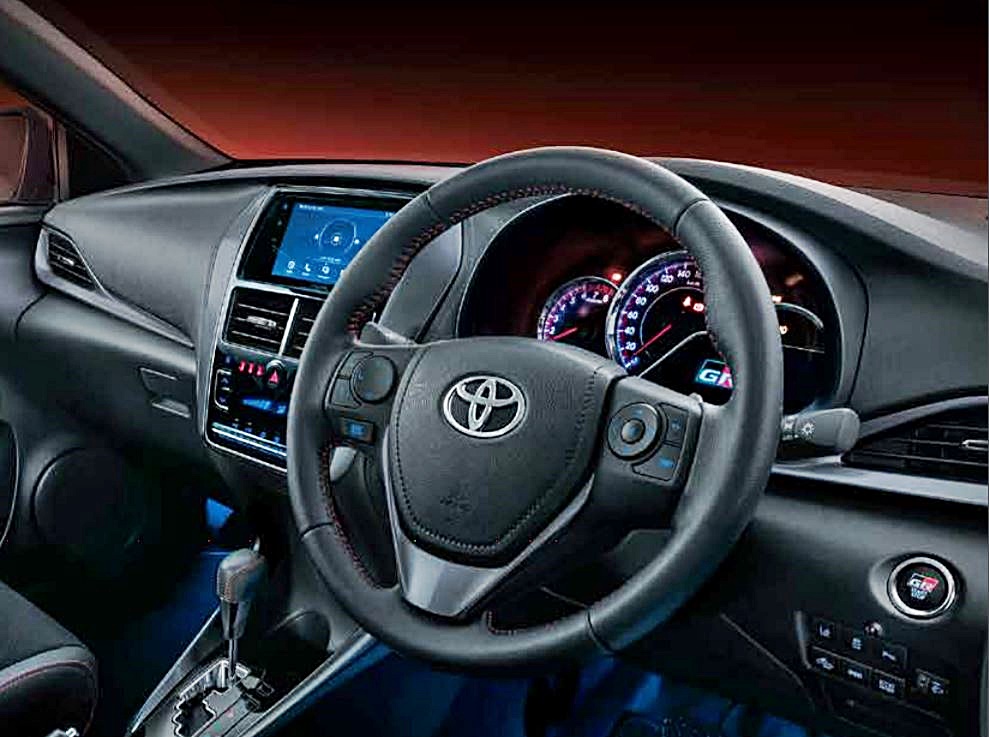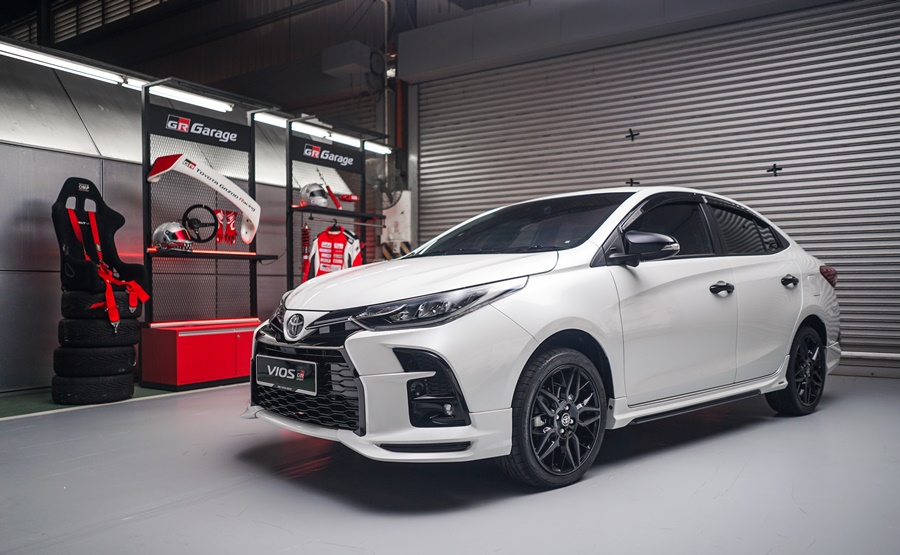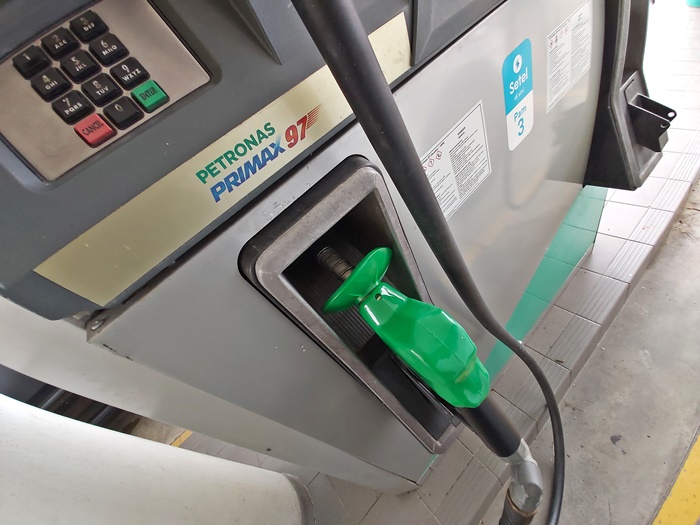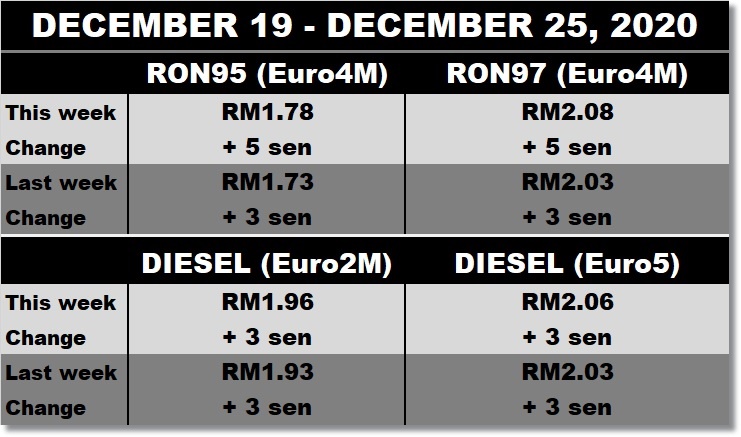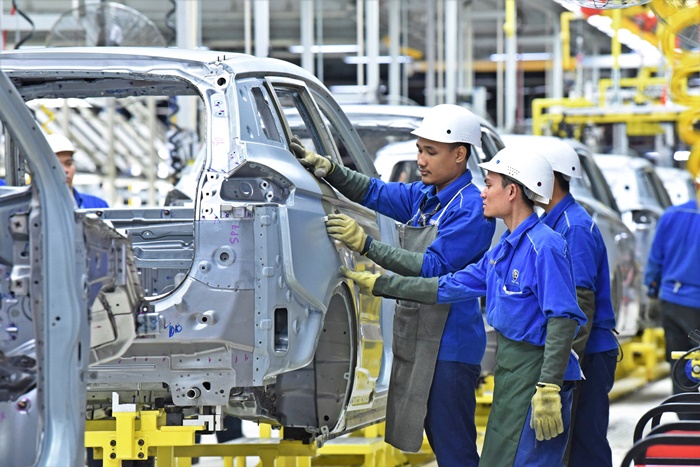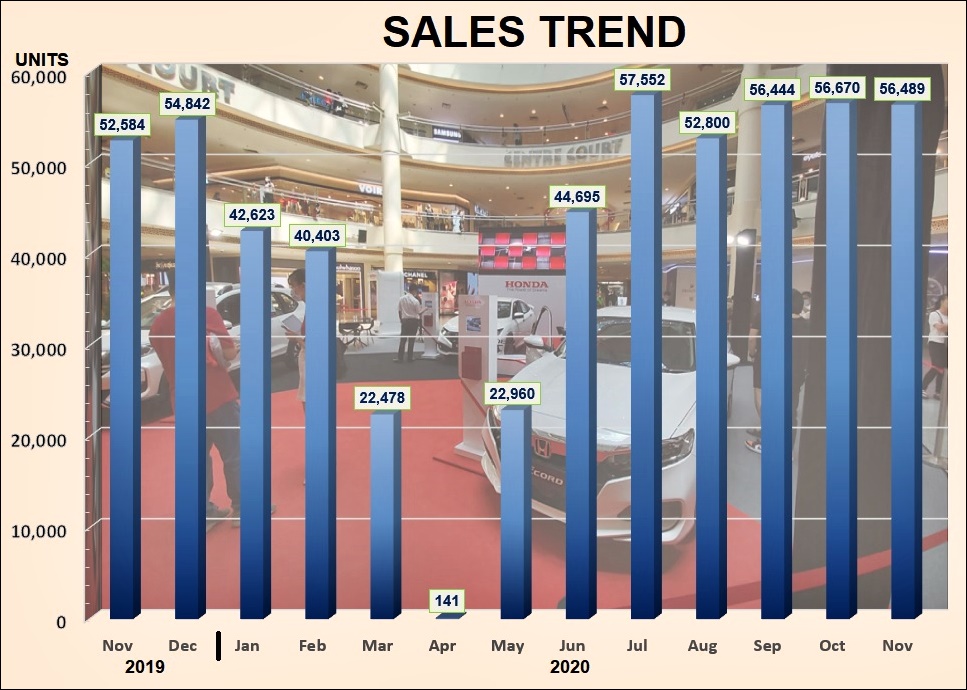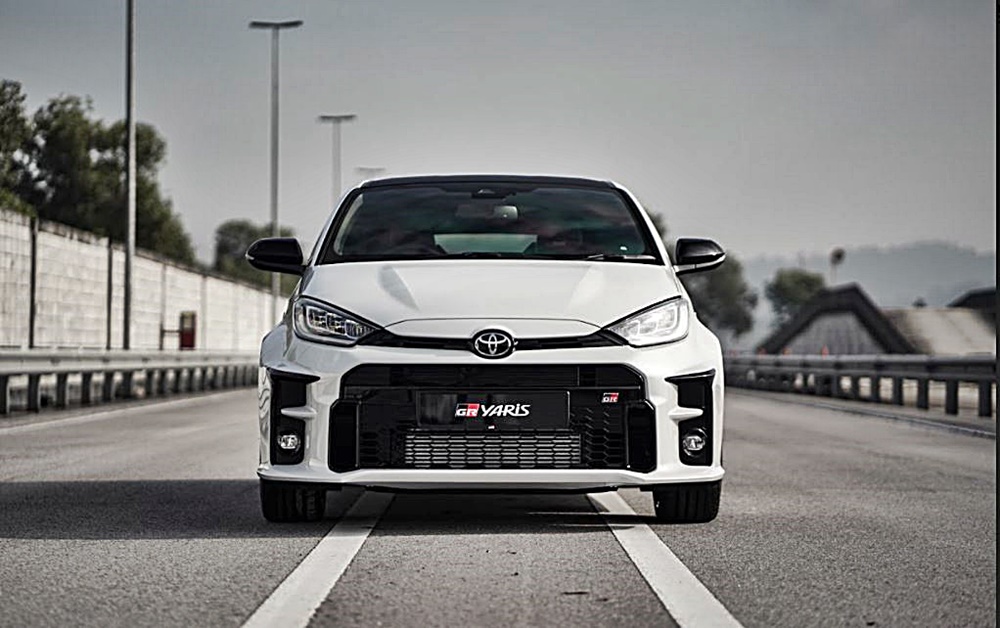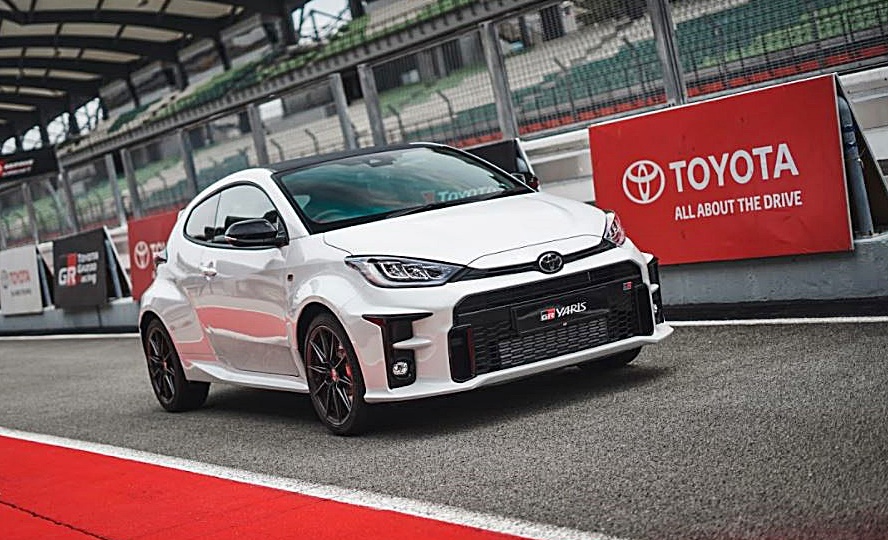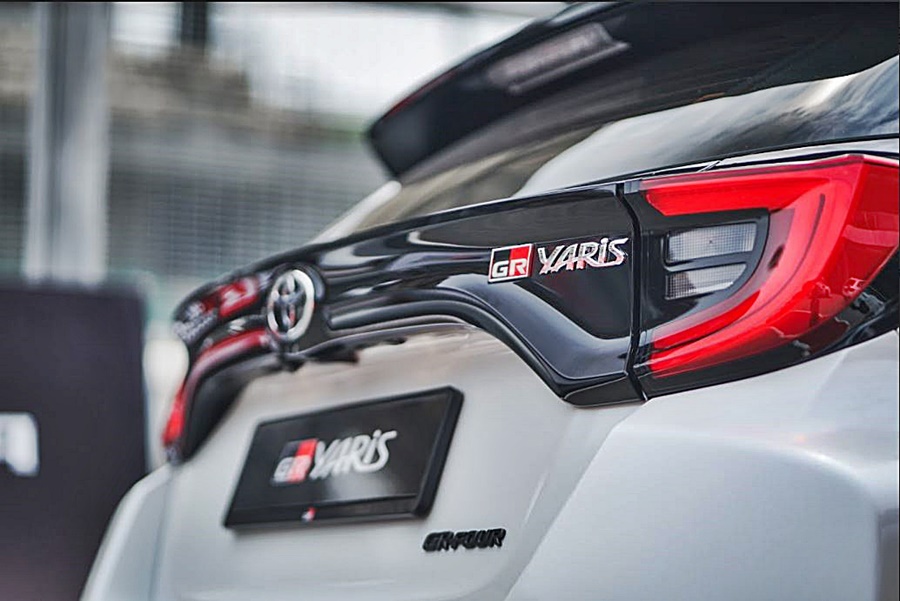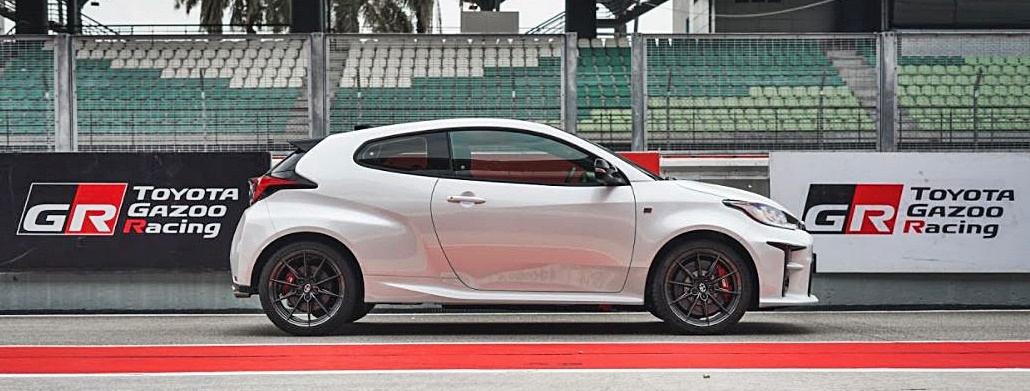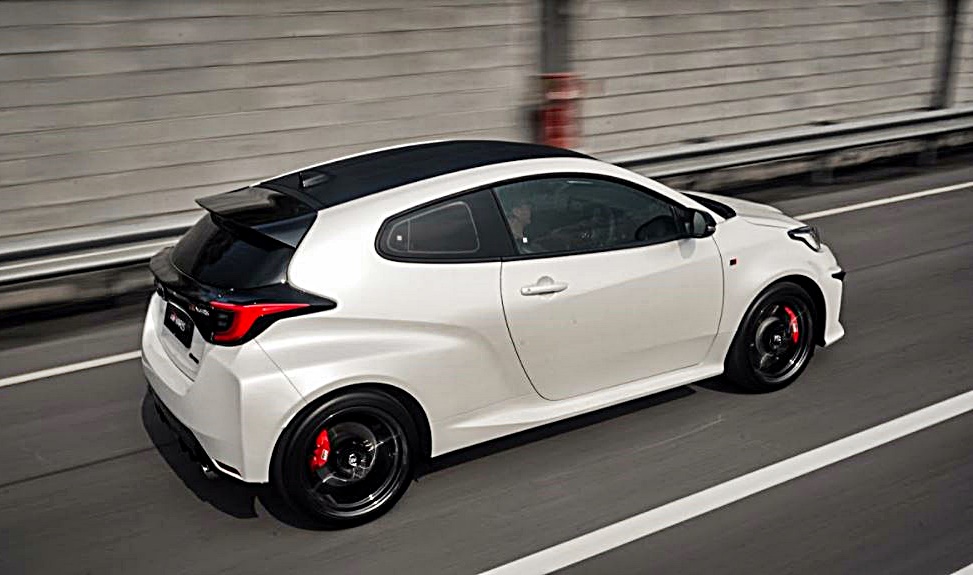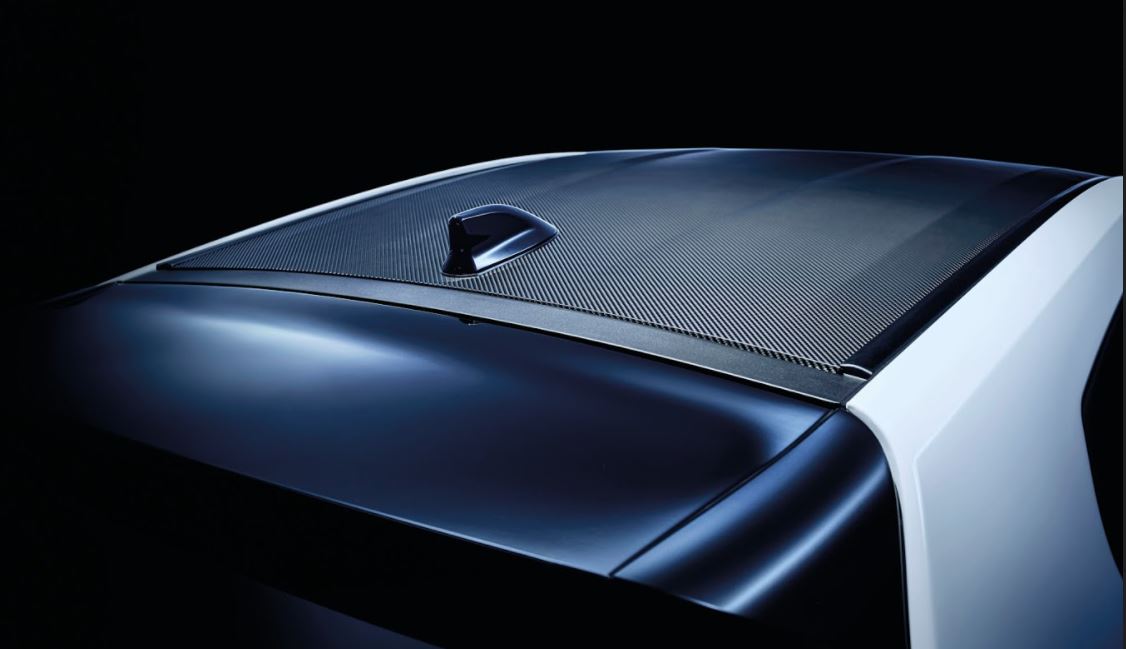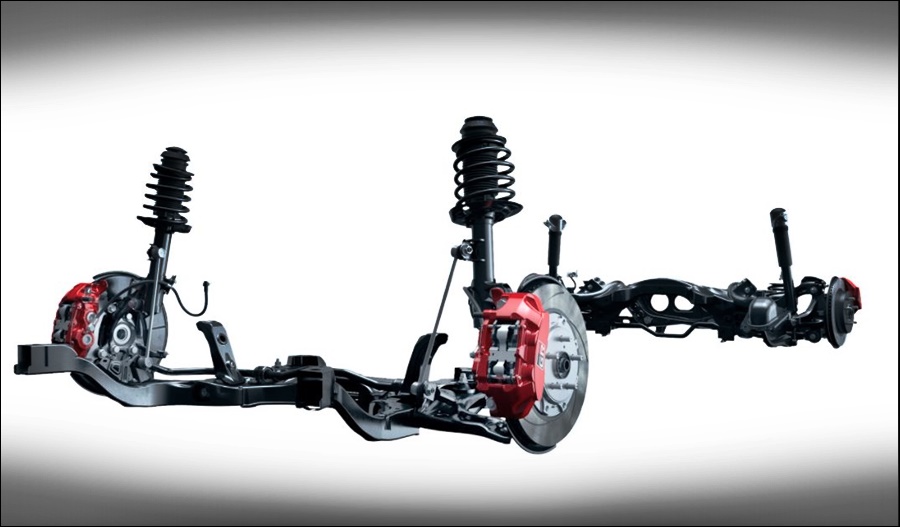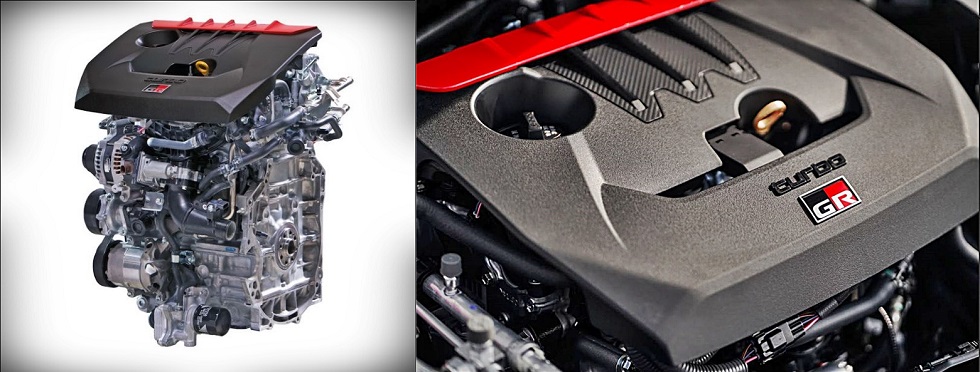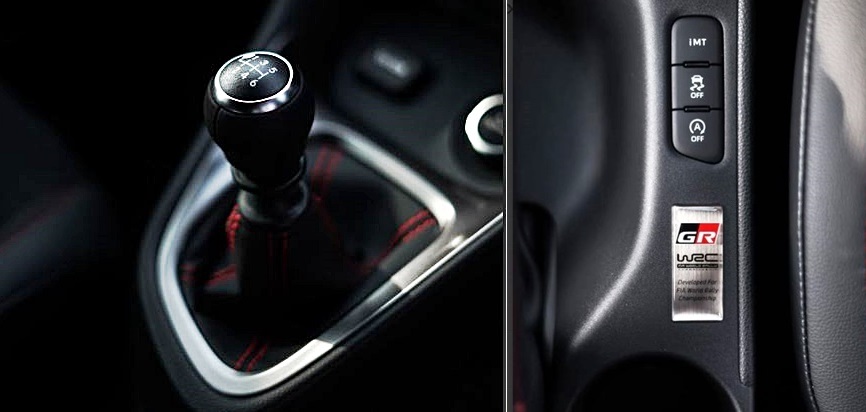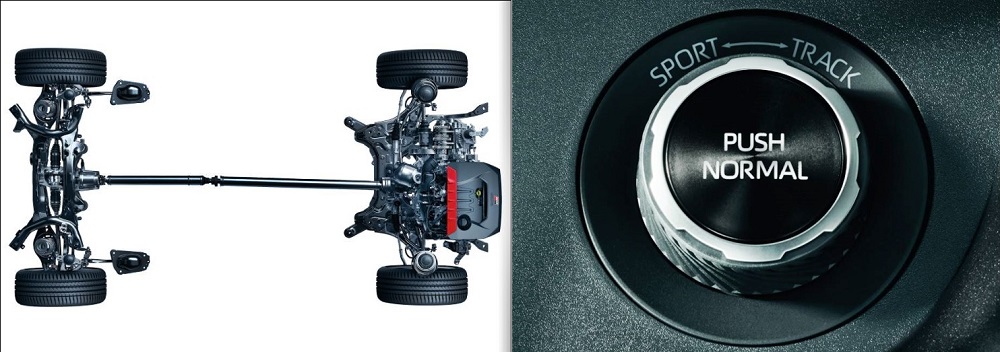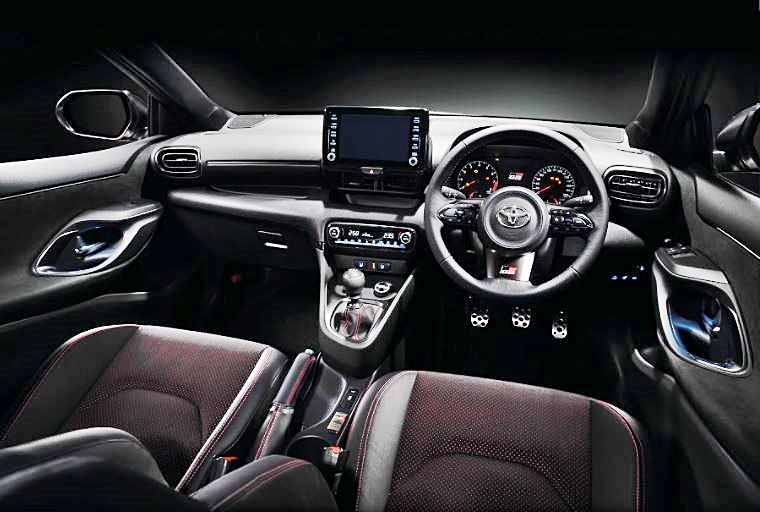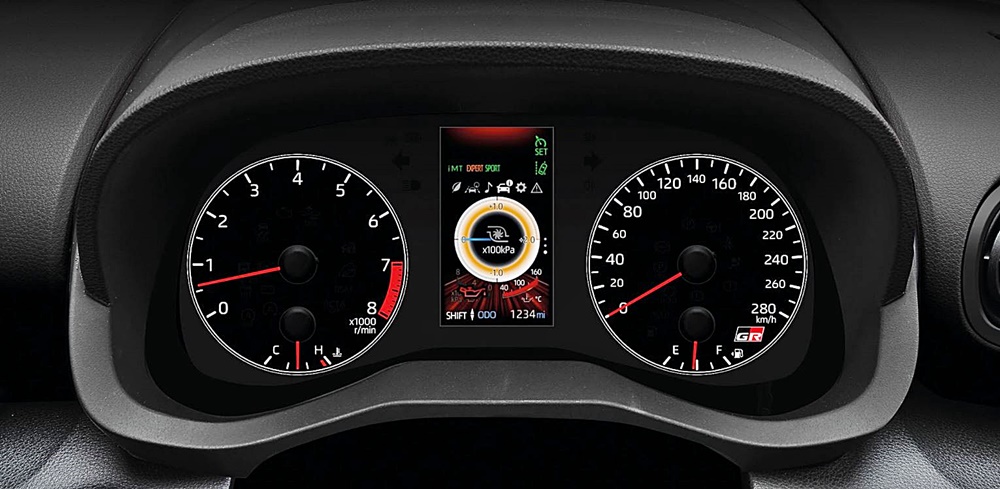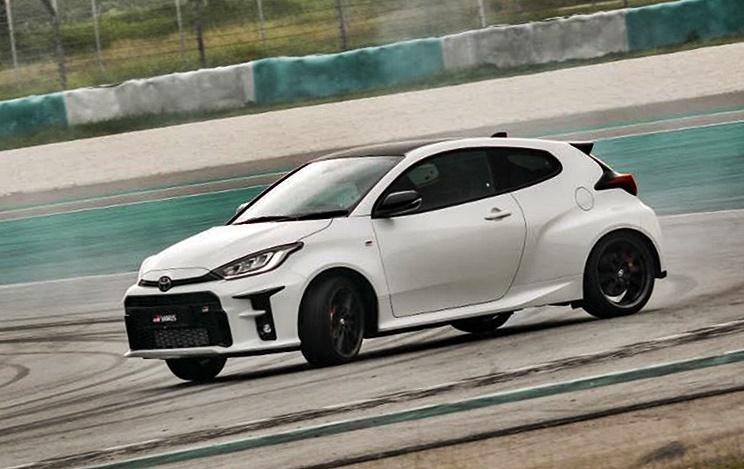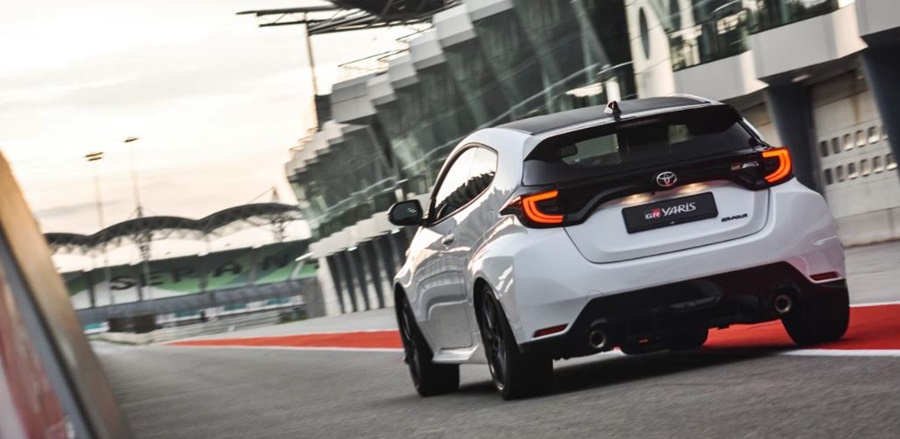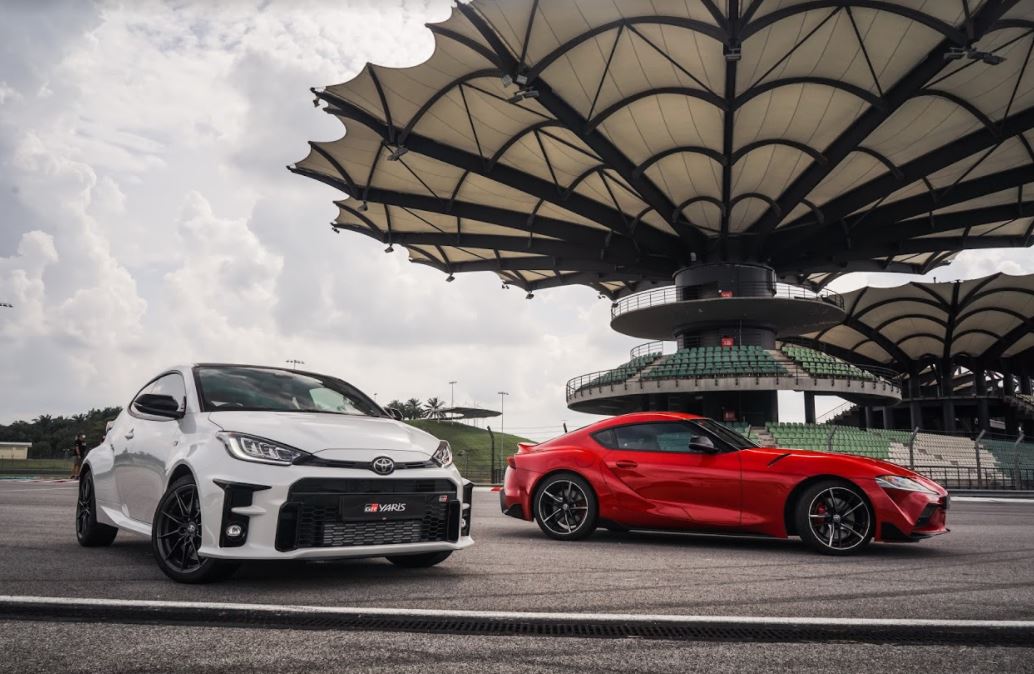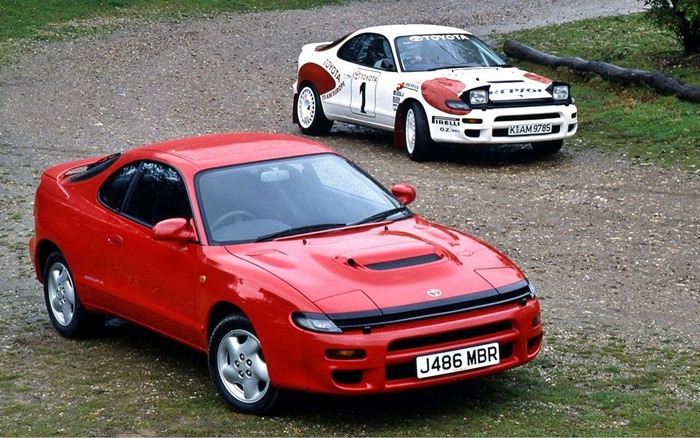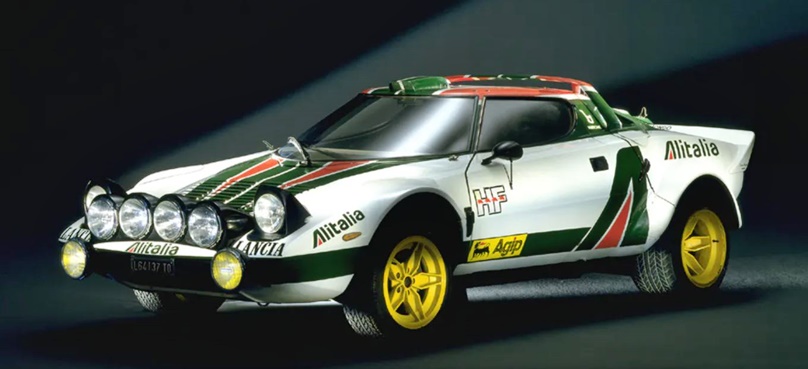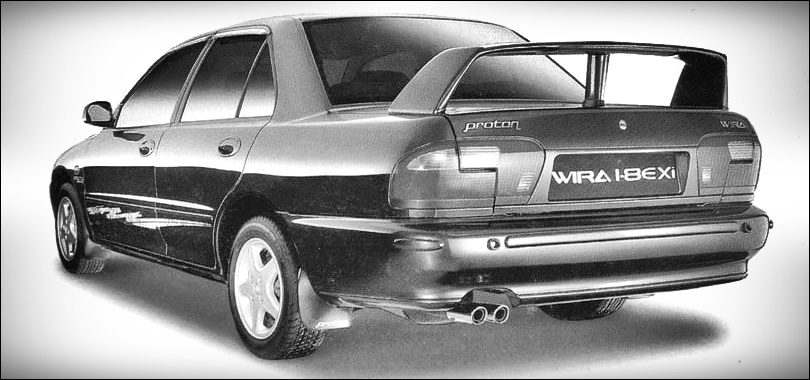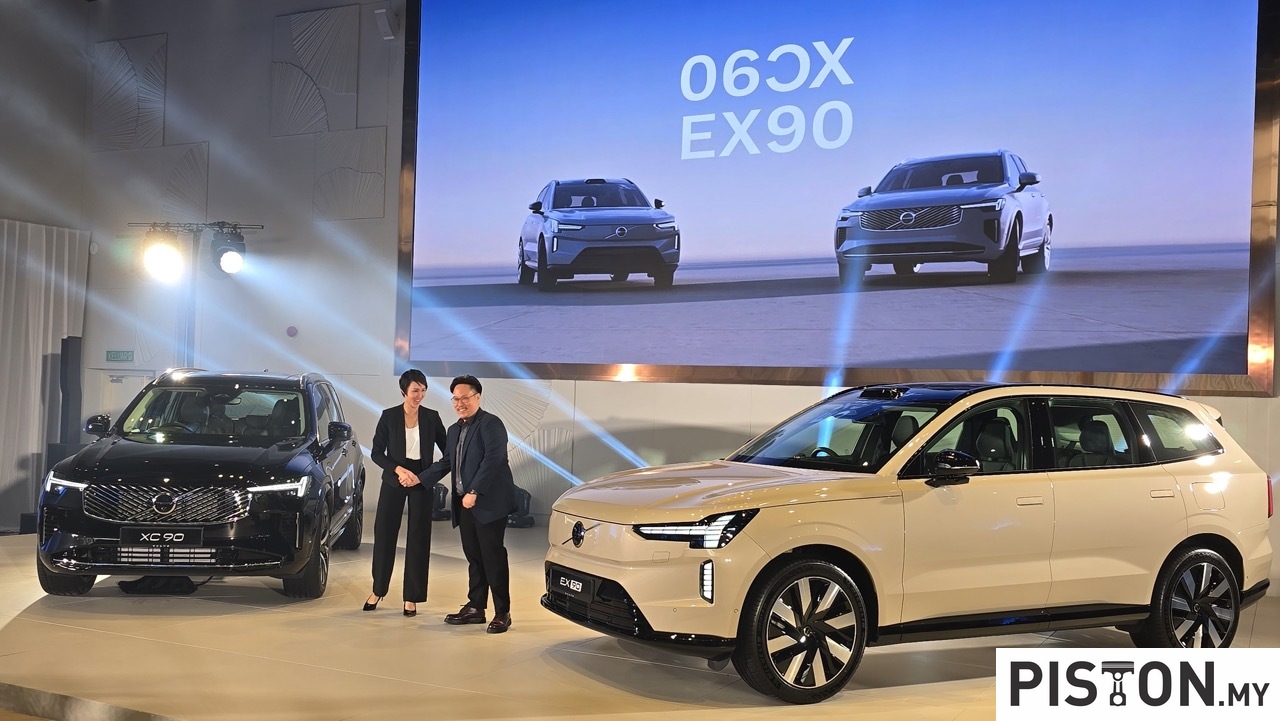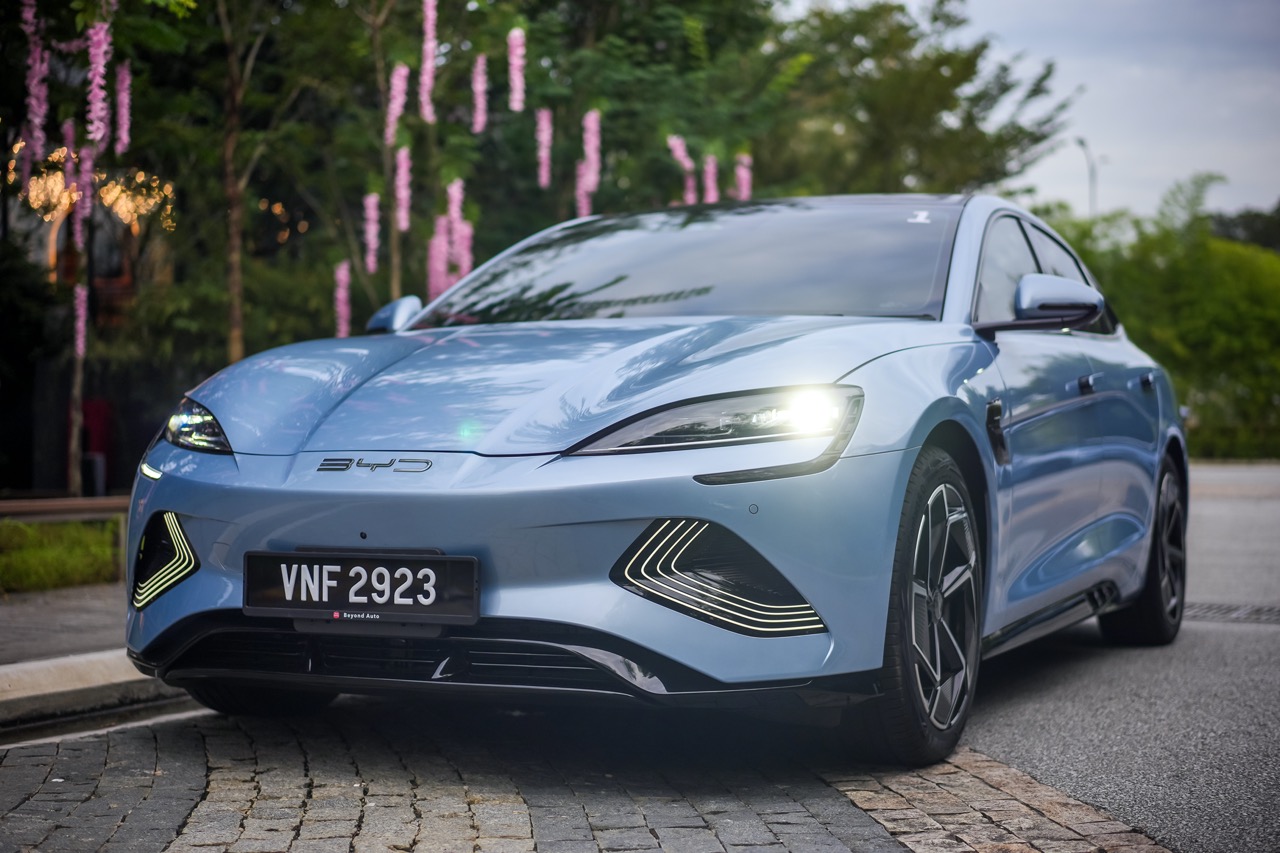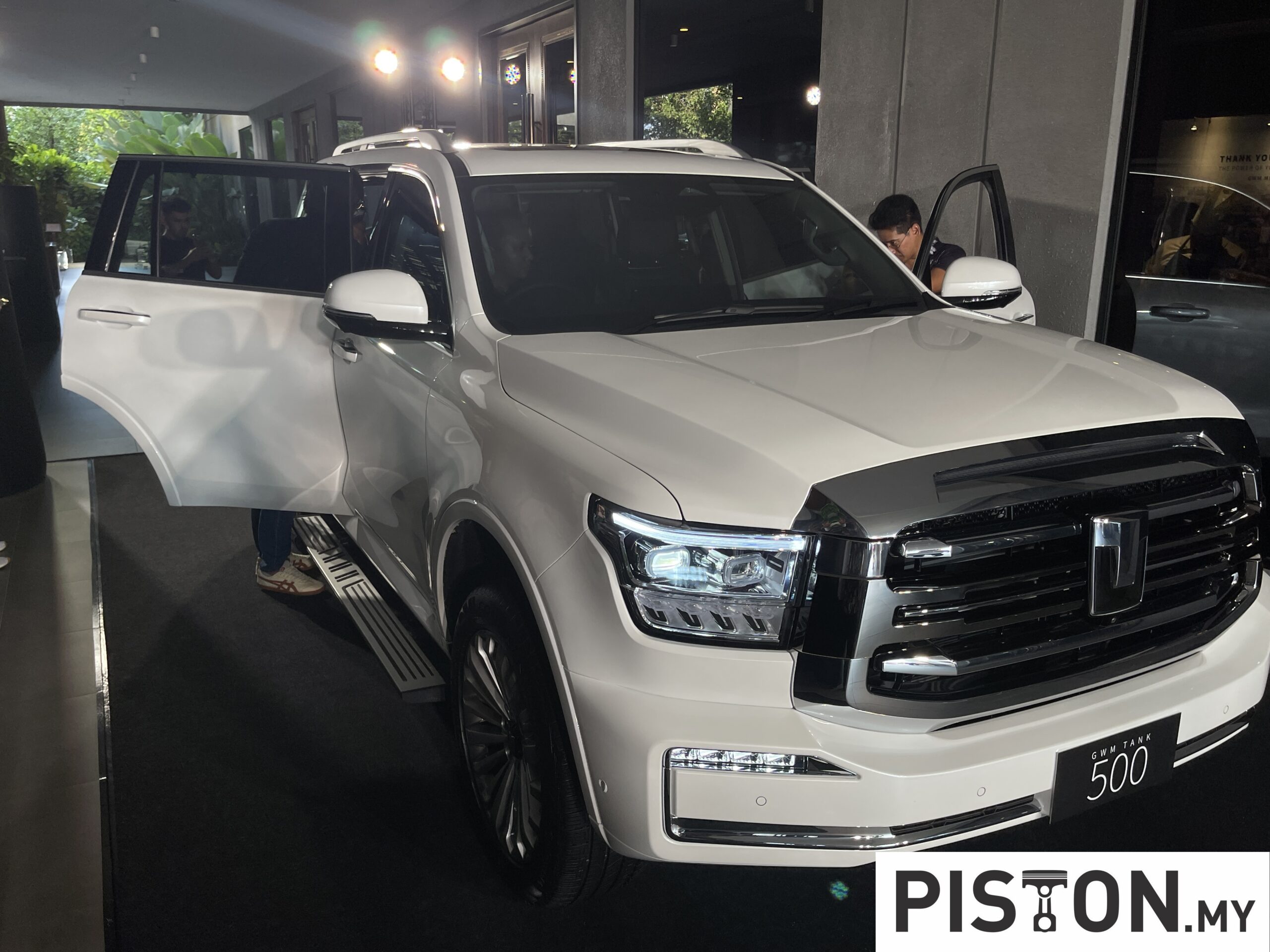From just a weekend motor carnival and a one-make series with the Toyota Vios, the Toyota GAZOO Racing Festival (TGR Festival) has continued to grow since starting in 2017. The one-make series, known as the Vios Challenge, has been a regular highlight of the TGR Festival which has taken place in different parts of Peninsular Malaysia.
This year, as with other international motorsports events, there was disruption due to the restrictions of the COVID-19 pandemic. Due to the Movement Control Order (MCO) in Malaysia, the fourth and final round scheduled in mid-April at the Sepang International Circuit had to be cancelled. Nevertheless, UMW Toyota Motor (UMWT) had alternative motorsport-related activities online as well as the Toyota GR Velocity eSports Championship which had also started in 2018.
Hopefully, the ‘dark period’ is behind us and we can look forward to a new year with less restrictions. UMWT is certainly optimistic about 2021 and has prepared a calendar of events for Season 4 of the TGR Festival. To start next month, the event takes on a new format that offers racers three racing series with a total of 11 races and combined prize money amounting to RM420,000.
“Three individual racing events will spearhead the GAZOO Racing (GR) presence in Malaysian motorsports. GAZOO Racing is the umbrella for all of Toyota’s motor-racing activities globally, and after 3 seasons of successfully organizing the Toyota GAZOO Racing Festival, 2021 will cement an even greater commitment from Toyota to contribute to the development of motorsports in Malaysia,” said UMW Toyota Motor Deputy Chairman and GAZOO Racing Malaysia’s Chief Motorsports Officer, Akio Takeyama.
Related: The Story Behind TOYOTA GAZOO Racing And Why It Was Created
GR Vios Challenge
The Vios Challenge retains its one-make format with specially prepared Vios sedans, all having identical specifications and performance levels. The idea behind such a series is that while the car must have good performance, driver skill will also be very important. This makes for close racing which is what spectators want to see.
Malaysia has a long history of motor racing so there are already many drivers of varying levels of skill, as well as newcomers who want to enter the sport. For this reason, the Vios Challenge has 4 classes so that the newcomers and those with limited racing experience can still have a chance at winning races and gaining encouragement. For the skilled drivers, there is the Super Sporting Class, while the Sporting Class is for amateurs and newcomers.
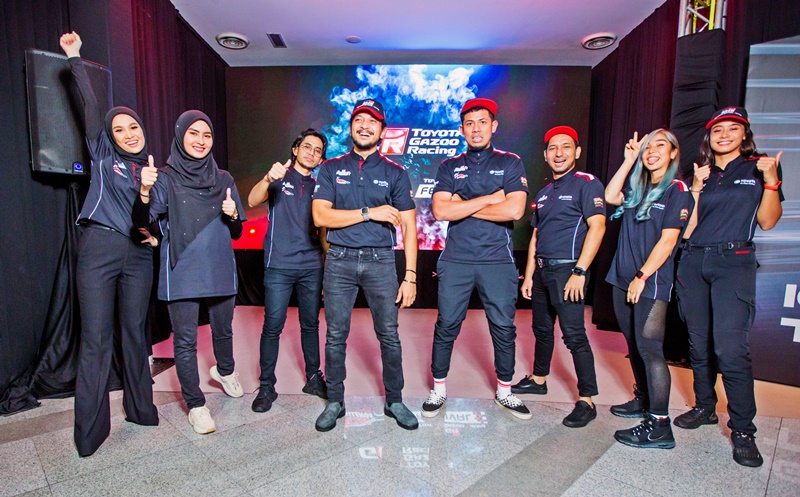
Then there is the popular Promotional Class for celebrities and this is a big draw as the celebrities have their fans who follow them around the country to the different venues. In the Promotional Class, some of the ‘old-timers’ from the previous seasons are racing again – Shukri Yahaya, Janna Nick, Nabil Ahmad, Wany Hasrita, Nabila Razali and Khai Bahar.
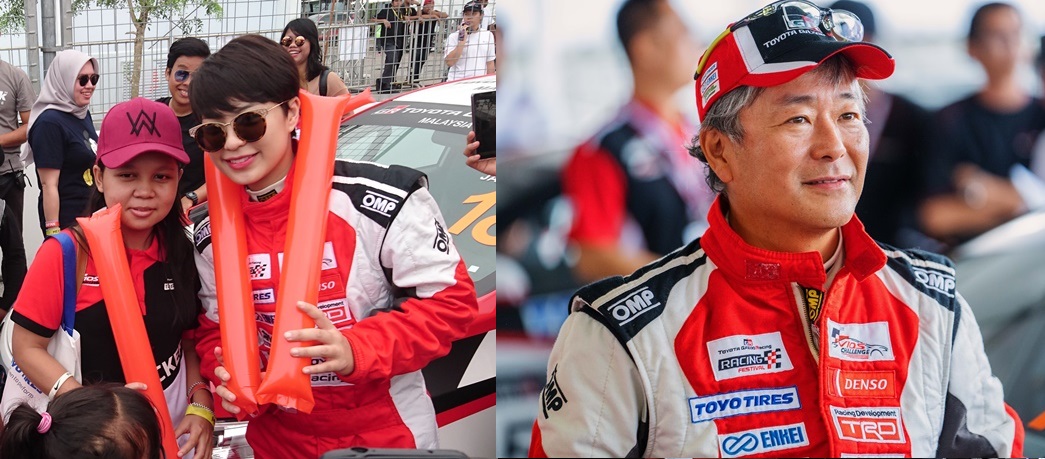
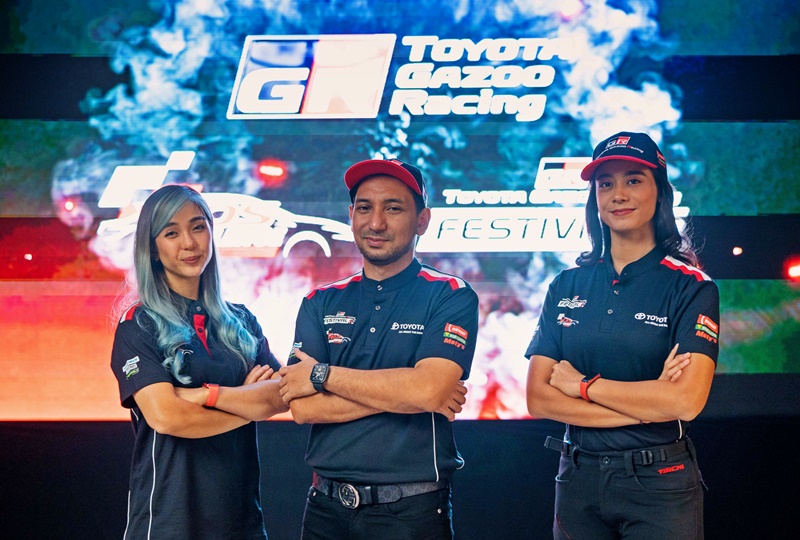
They will be joined by three newcomers – actor Zizan Razak, singer/songwriter Talitha Tan and television personality Ahirine Ahirudin. Zizan and Ahirene have competition experience, though Ahirine’s has been on 2 wheels. She has done superbike racing and also does pretty well on a motocross bike. And being a reservist in the Royal Malaysian Navy, she would also be quite fit (she also does triathlons). Talitha also does motocrossing, so we can expect these three newcomers to give the others a good challenge. Incidentally, Mr. Takeyama is also racing in the Promotional Class, and has done so for all 3 seasons.
To further its aim of helping promote and develop motorsports, there is also a new Rookie Class for young drivers. This new class will see 6 drivers who are graduates of the GAZOO Racing Young Talent Development Program offered by UMWT.
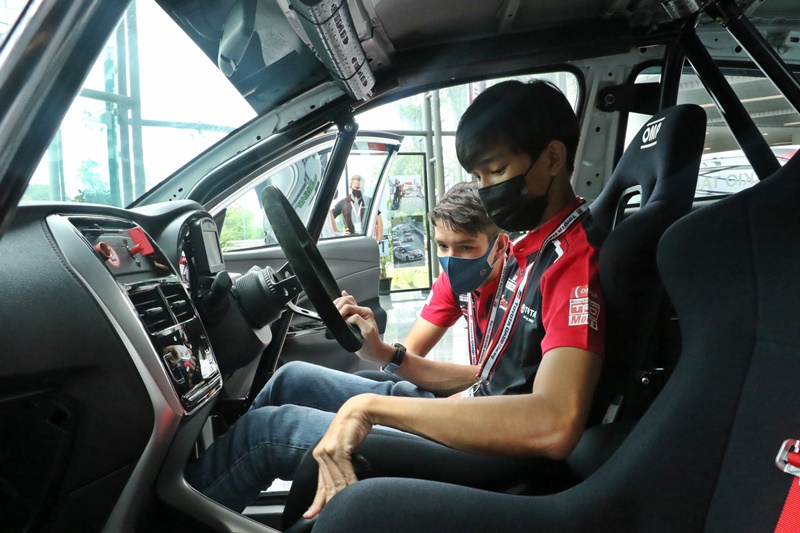
Training program for rookies
The program is first of its kind to be introduced by any Malaysian car company. It has identified 6 drivers to train and develop. They all have a background in karting and/or sim-racing and are now undergoing training from experienced instructors. The training is not just for driving but also many different aspects which a professional driver should be good at, including fitness training.
The 6 drivers are Mika Hakimi (17), Naquib Azlan (20), Amer Harris (17), Jwan Hii (18), Putera Adam (14) and Troy Eimann (16). Though they may already be top-notch sim racers or karters, this will be the first time they are racing on the track in real life, and they will use the Vios racing cars supplied by UMWT.
The opening round of the Vios Challenge will be held at the Sepang International Circuit (SIC) from January 28 – 30. Round 2 will be held from July 16 – 18, also at the SIC, while the third and final rounds will be from September 24 – 26. The use of SIC is probably in case there are limitations to the number of spectators, or if the races can only be run without spectators (as was the case with most of the F1 rounds this year). By September, perhaps things will be better and a custom street circuit can be used, as with previous seasons. Each round will have 2 races with individual round prize money, and with points being scored as a championship series.
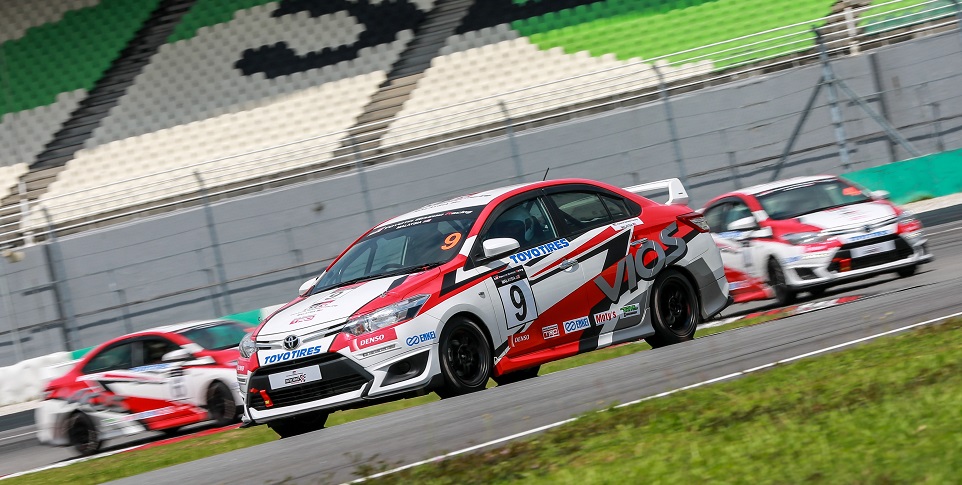
GR Vios Sprint Cup & Enduro Cup
Season 4 of the TGR Festival will also see the introduction of the GR Vios Sprint Cup and GR Enduro Cup (an endurance race). The former will consist of 2 rounds with 2 races each, and the latter will be run in conjunction with the annual Sepang 1000km Endurance Race. The 2 Sprint Cup rounds will be in March and May, while the Enduro Cup will be in November.
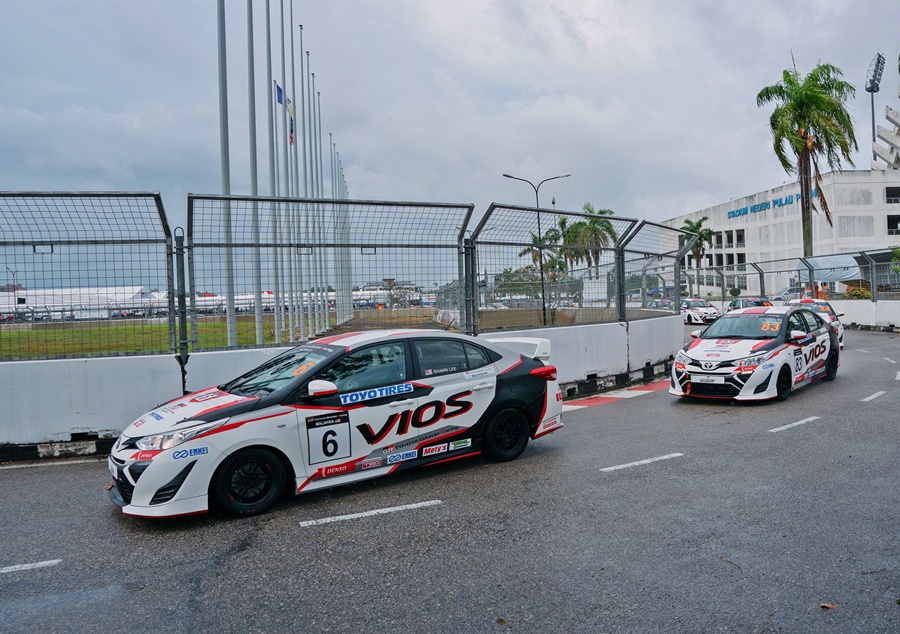
These additional events are independent of the Vios Challenge series and intended to provide drivers and teams with more racing activities to use their cars, and the opportunity to win additional prizes.
Both the Vios Sprint Cup and Enduro Cup will retain the format of a one-make race, and only cars used in the Vios Challenge will be eligible. The races, however, will only be run as one single open class and drivers competing in the Vios Challenge. Teams meanwhile, are also not confined to competing with their regular driver/s signed up in the Vios Challenge and are free to field new drivers for both events (but they must have the requisite competition licence).




